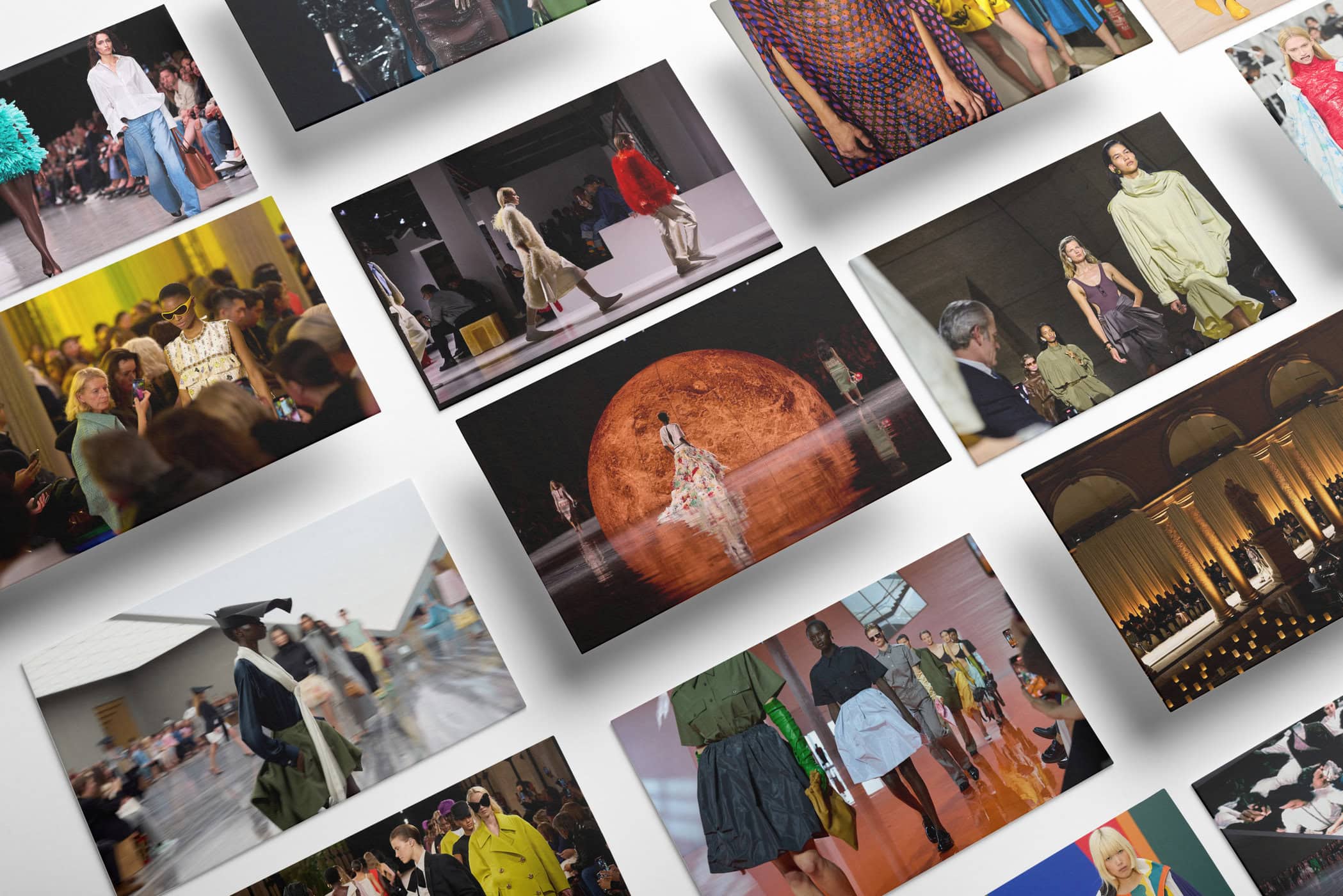Spring 2026: A Season for the History Books
By Angela Baidoo
In a season like no other, this September’s fashion month was one for the history books. Designers debuting this season – Matthieu Blazy, Louise Trotter, Pierpoalo Picciolo to name a few – faced the challenge of staying grounded in reality while creating collections that communicated emotional authenticity. And to the relief and delight of those in attendance, most delivered beyond expectations.
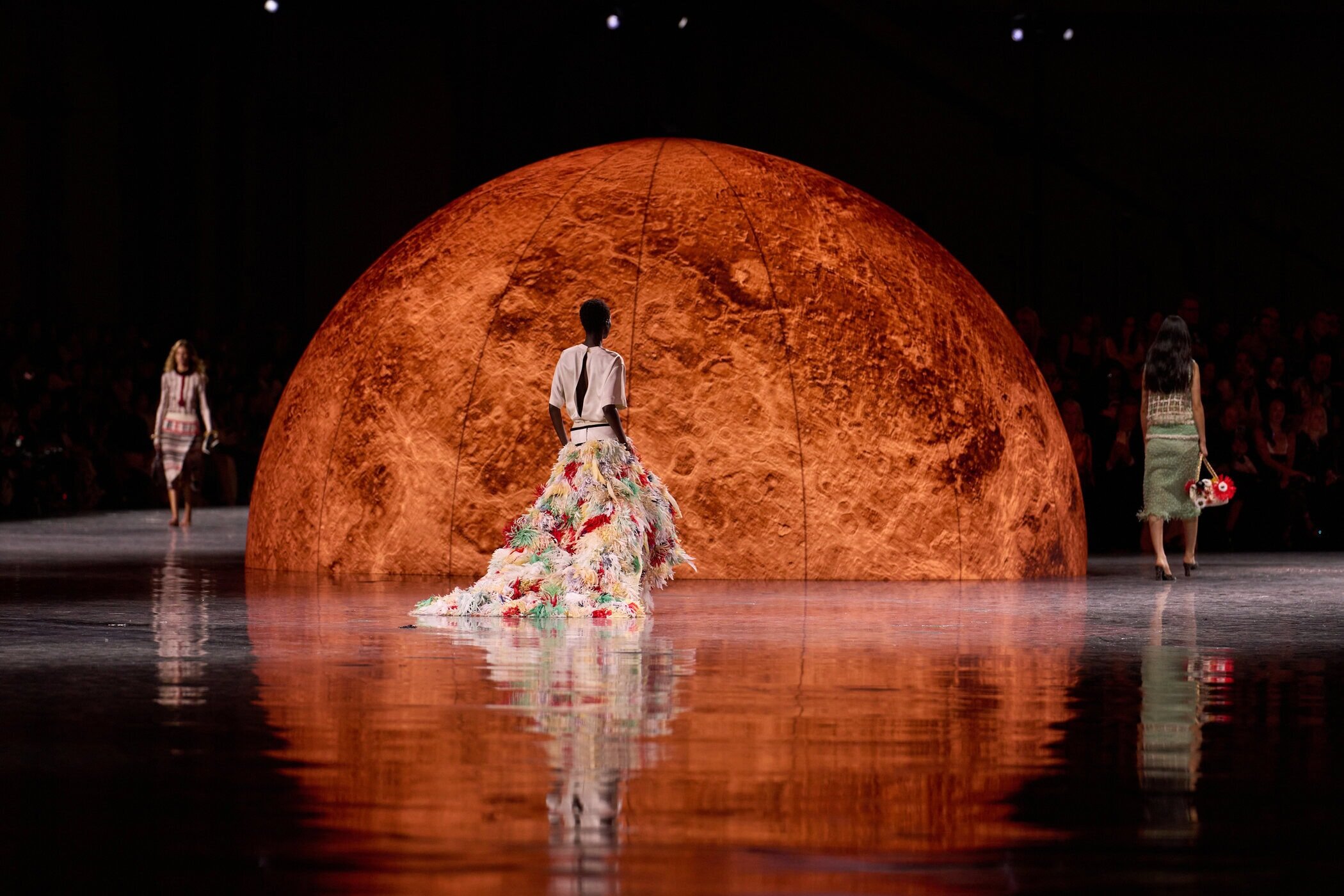
Creativity has felt repressed over the last few seasons as design houses reacted to a luxury downturn with homogenisation. A broad stroke of “quiet luxury” commerciality — through reissues of 2000s best-sellers or runway collections so stripped back they began to merge into one another – failed to ignite consumer desire. And at a time when the wider world was more fractured than ever, as global unrest played out on the streets of the very fashion capitals where designers and brands unveiled their new collections, the industry was in desperate need of a reset to regain relevance.
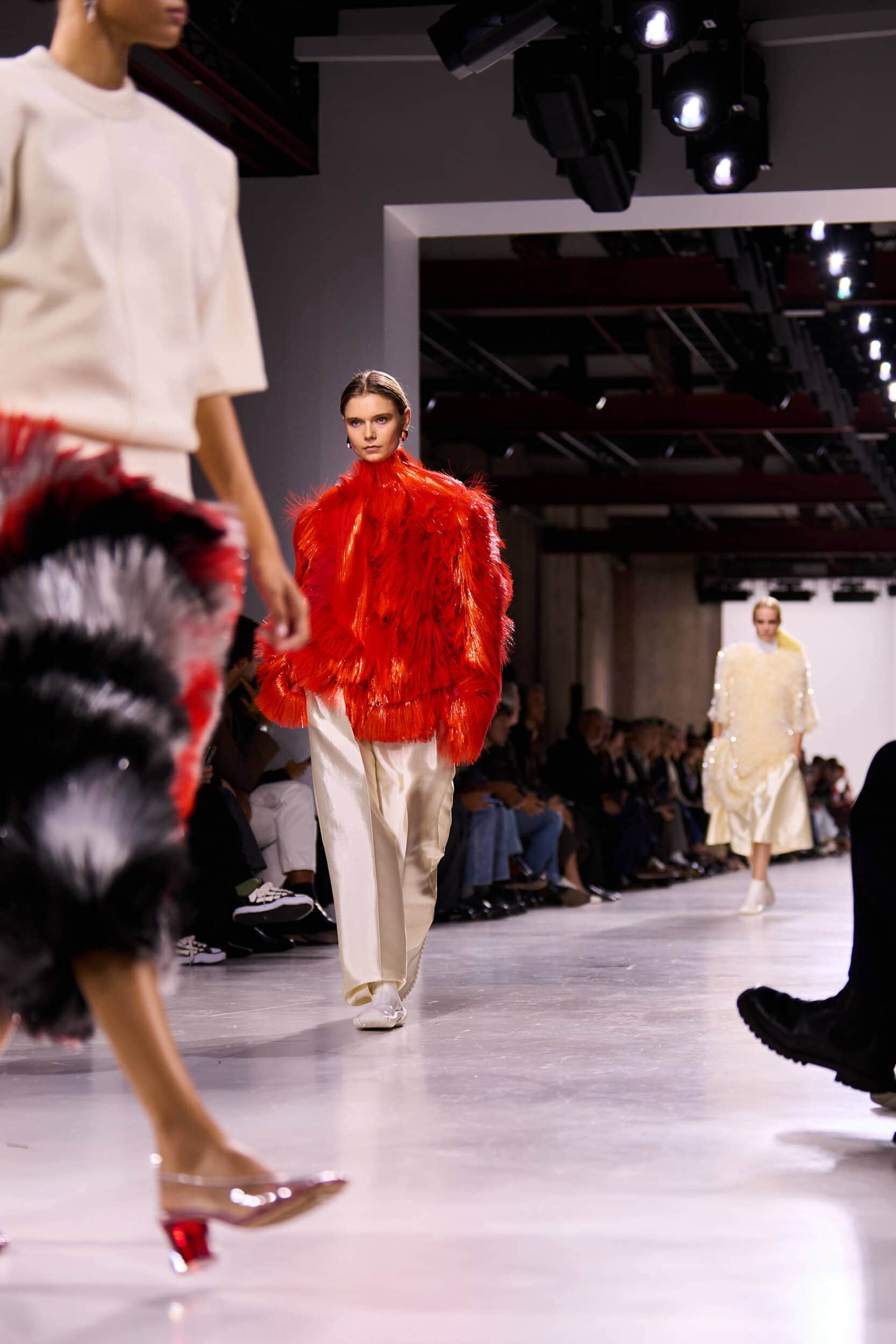
The question will remain as to whether Jonathan Anderson at Dior, Louise Trotter at Bottega Veneta, and Matthieu Blazy at Chanel can collectively revitalise luxury fashion — guided by craftsmanship, heritage, and yes, even commerciality as their North Star.
Spring 2026 was an encouraging start to that journey, in what analysts, editors, and buyers predict will mark a more positive outlook for luxury fashion next year. And while the fanfare of this blockbuster season fades, the new creative directors can now focus on crafting their long-term visions and building on the momentum from their debuts. In the interim, the question will remain as to whether Jonathan Anderson at Dior, Louise Trotter at Bottega Veneta, and Matthieu Blazy at Chanel can collectively revitalise luxury fashion — guided by craftsmanship, heritage, and yes, even commerciality as their North Star.
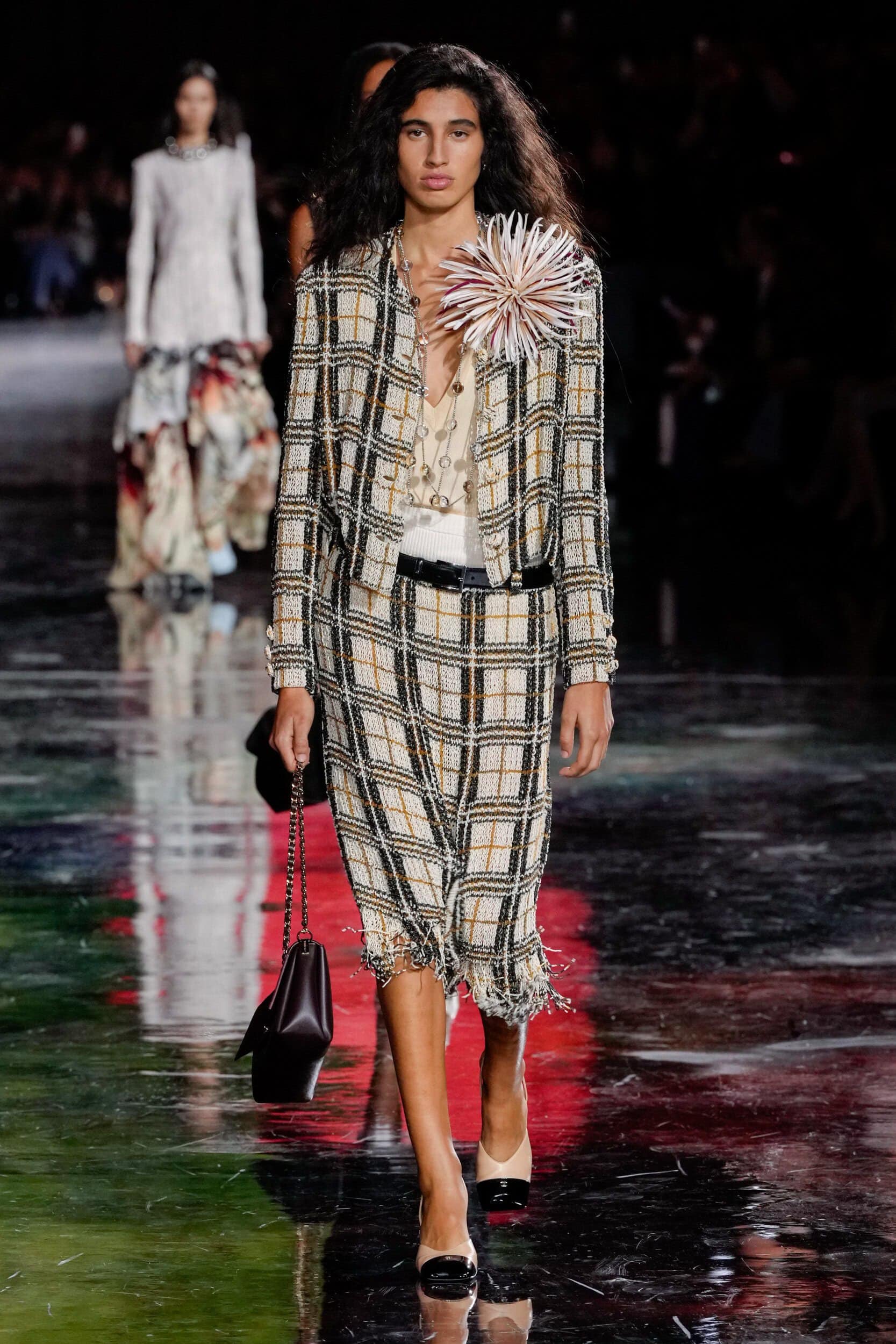
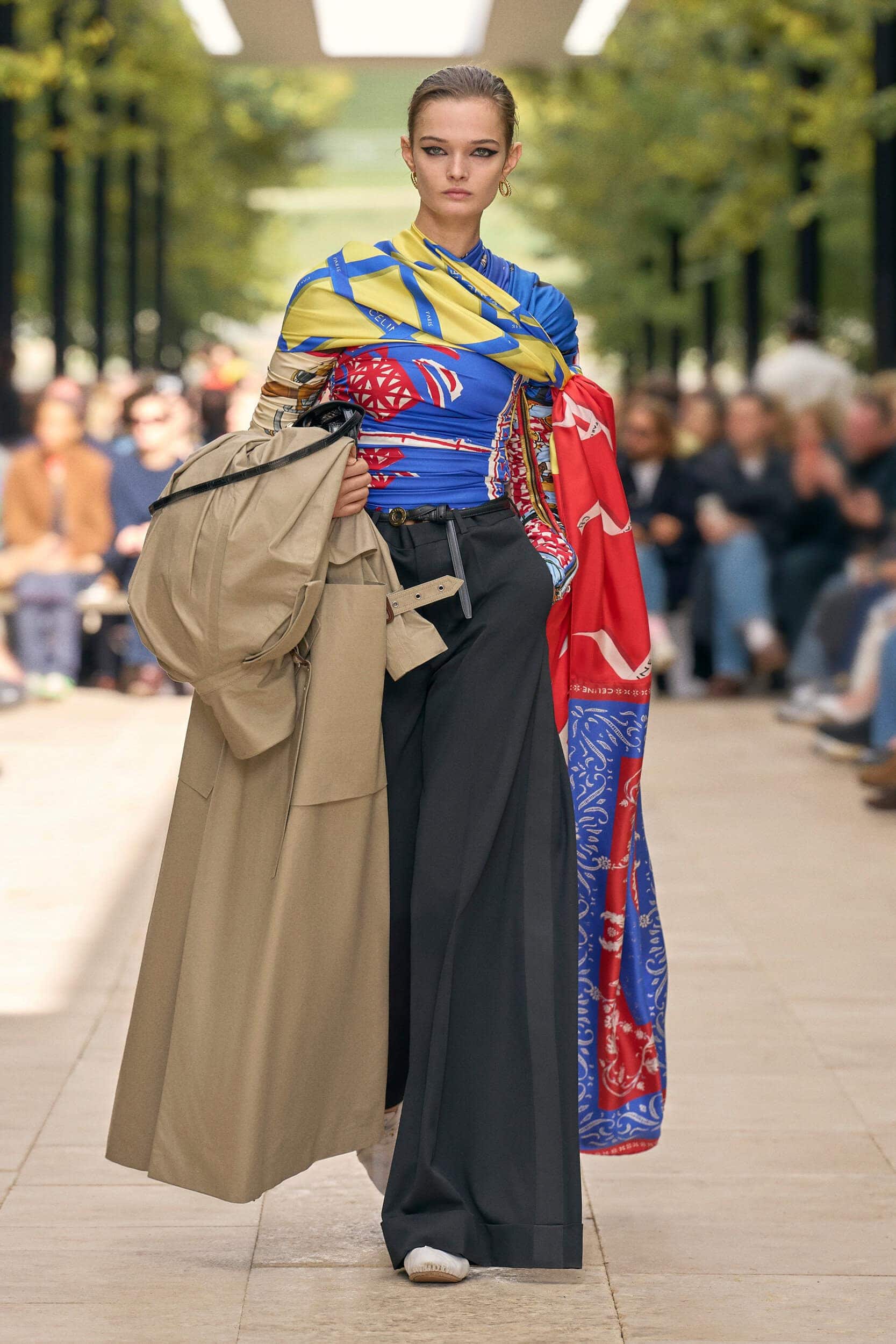
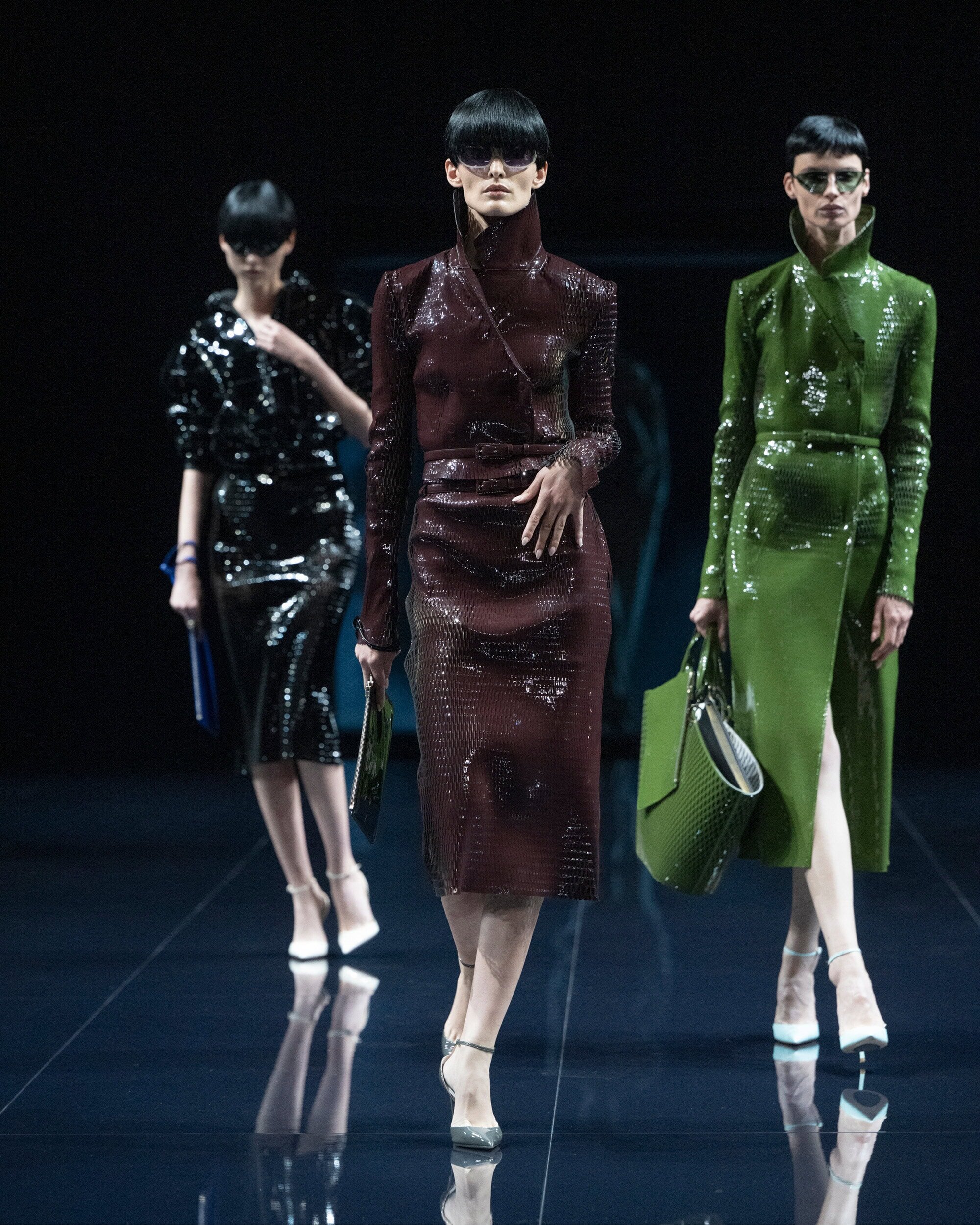
Only time will tell, but one thing they’ll need to watch closely is the changing habits of the modern consumer, whose renewed demand for innovation cannot be ignored. These creative directors shouldn’t fear moving forward by looking back, but they must ask whether each collection meets a real need for today’s luxury buyers — even if that need is simply to feel desired (Tom Ford), to own the perfect deconstructed skirt suit (Chanel), or to update their trouser rotation in classic black— skinny, tapered, or wide (all were offered at Celine).
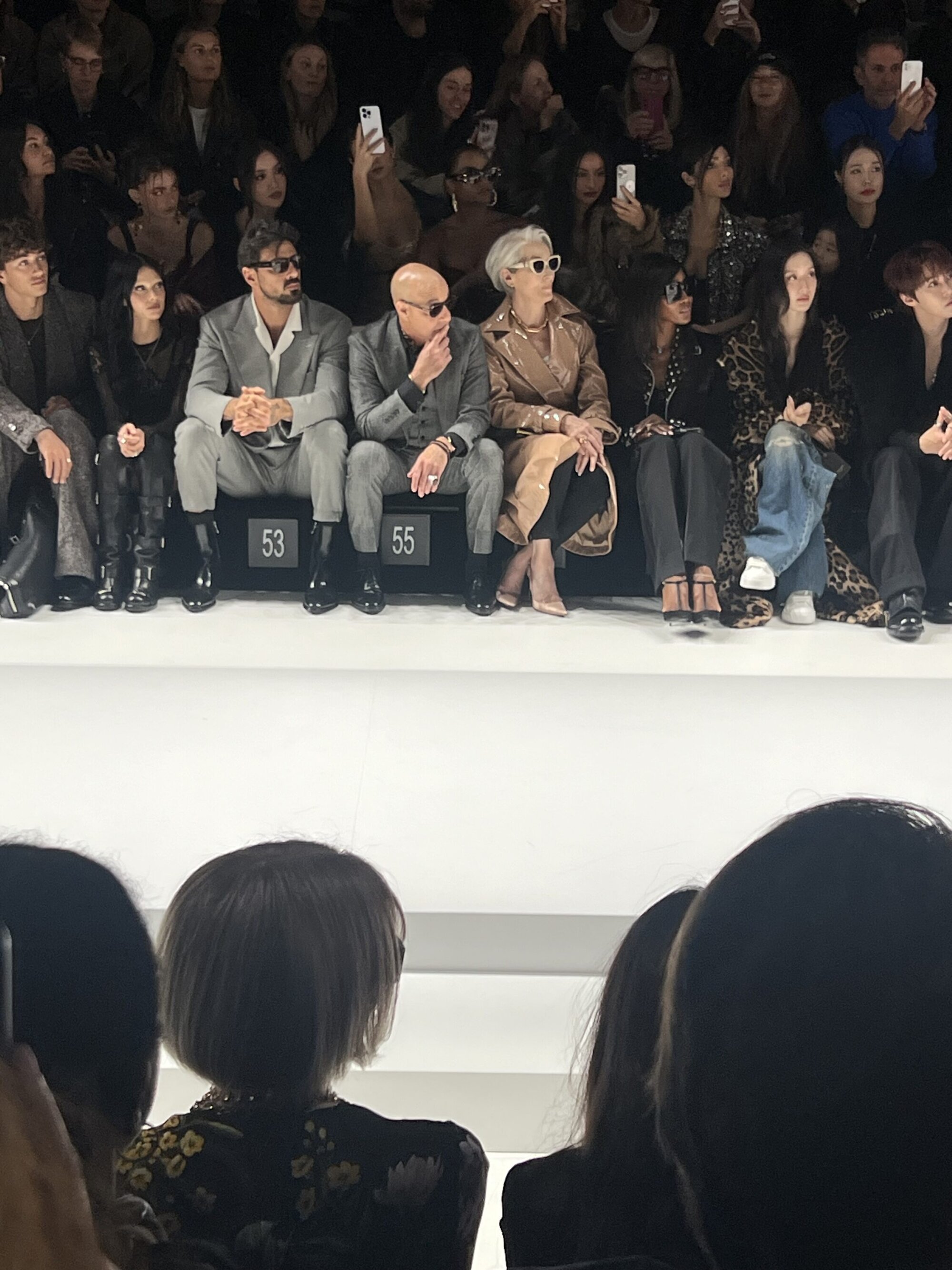
For now, spectacle as distraction has taken a back seat. But for designers who embraced atmospheric set design (Chanel’s solar system at the Grand Palais), created unexpected meta crossovers (Miranda Priestley and Nigel — Meryl Streep and Stanley Tucci’s surprise cameo at Dolce & Gabbana), or introduced surprise brand ambassadors (Meghan Markle front row at Pierpaolo Piccioli’s Balenciaga debut), none fell short. These moments felt less like stunts and more aligned with the excitement of the season — fun, awe-inspiring, and in tune with fashion’s new mood.
Take the Giorgio Armani finale which closed Milan fashion week. It was meant as a 50th-anniversary celebration before Mr. Armani’s untimely death, but was reframed as a tribute to his life and influence on modern tailoring. Held in the lantern-lit courtyard of the Accademia di Brera, black tie was mandatory, and guests included Glenn Close, Cate Blanchett, Samuel L. Jackson, and Lauren Hutton. Hutton also attended Bottega Veneta’s debut carrying the clutch she made famous in American Gigolo, reuniting with co-star Richard Gere — the man who helped make Armani a household name.
The chaos has now calmed as these new appointees settle into their roles, and as the collections seen on the runways hit retail in a few months (where the true impact will be measured in sales) here, at The Impression, we will be tracking their evolution, whether slow and steady (Simone Bellotti at Jil Sander) or defiantly disruptive (Duran Lantink at Jean Paul Gaultier).
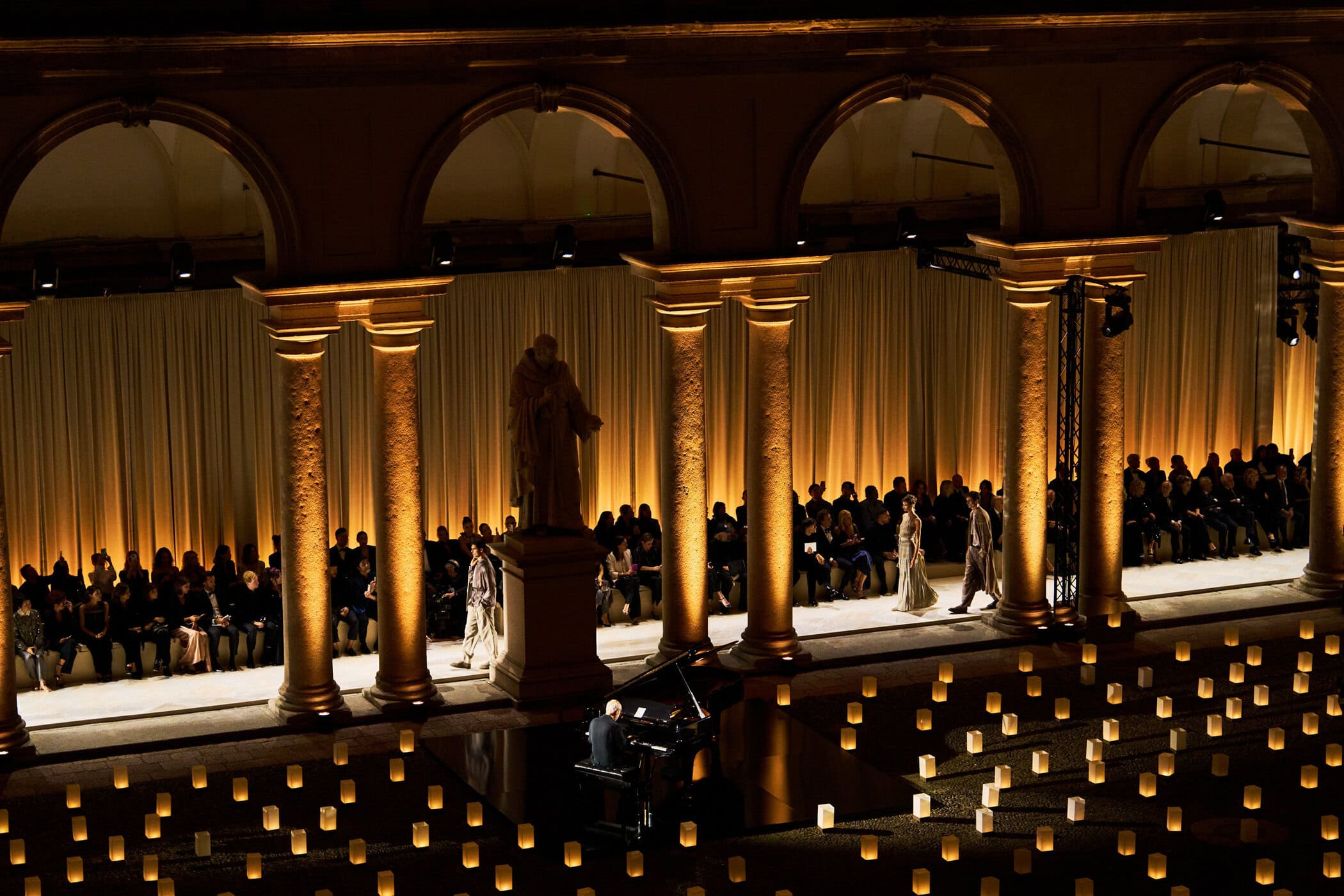
Debuts & Sophomore Outings
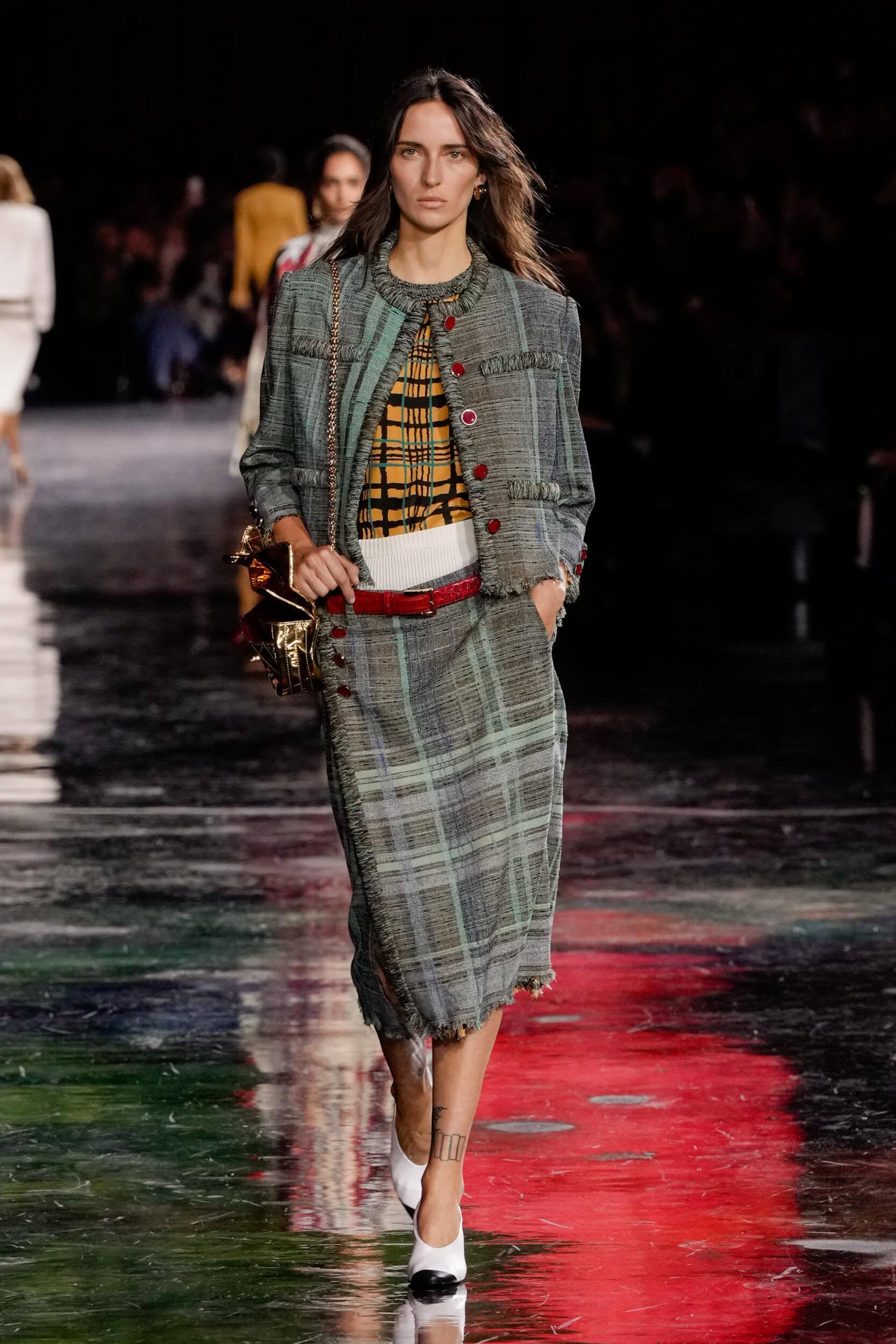
September was a month of premieres for both debut and sophomore collections, as well as the resolution of a long-running game of creative director musical chairs — with familiar faces finding new homes and ushering in much-needed certainty after years of flux. With several creative directors marking a decade at their previous houses (Jonathan Anderson, Demna), the industry appeared ready for a change. This shift should go some way toward settling C-suite nerves, with the luxury sector still rebounding from a turbulent year of slowdowns and shifting consumer habits across key markets like the Far East.
By the close of Paris Fashion Week — and the end of the season — creativity had once again become the main character. Designers tapped into it with unanimously positive results at Matthieu Blazy’s Chanel, where he loosened up house codes and unearthed Coco’s lesser-known experiments with “underwear” jersey to create the first marinière tops. Louise Trotter’s debut at Bottega Veneta was also a rousing success, showcasing her innovative use of the brand’s atelier — fibreglass-fringed separates exuded kinetic energy and could have easily been mistaken for AI.
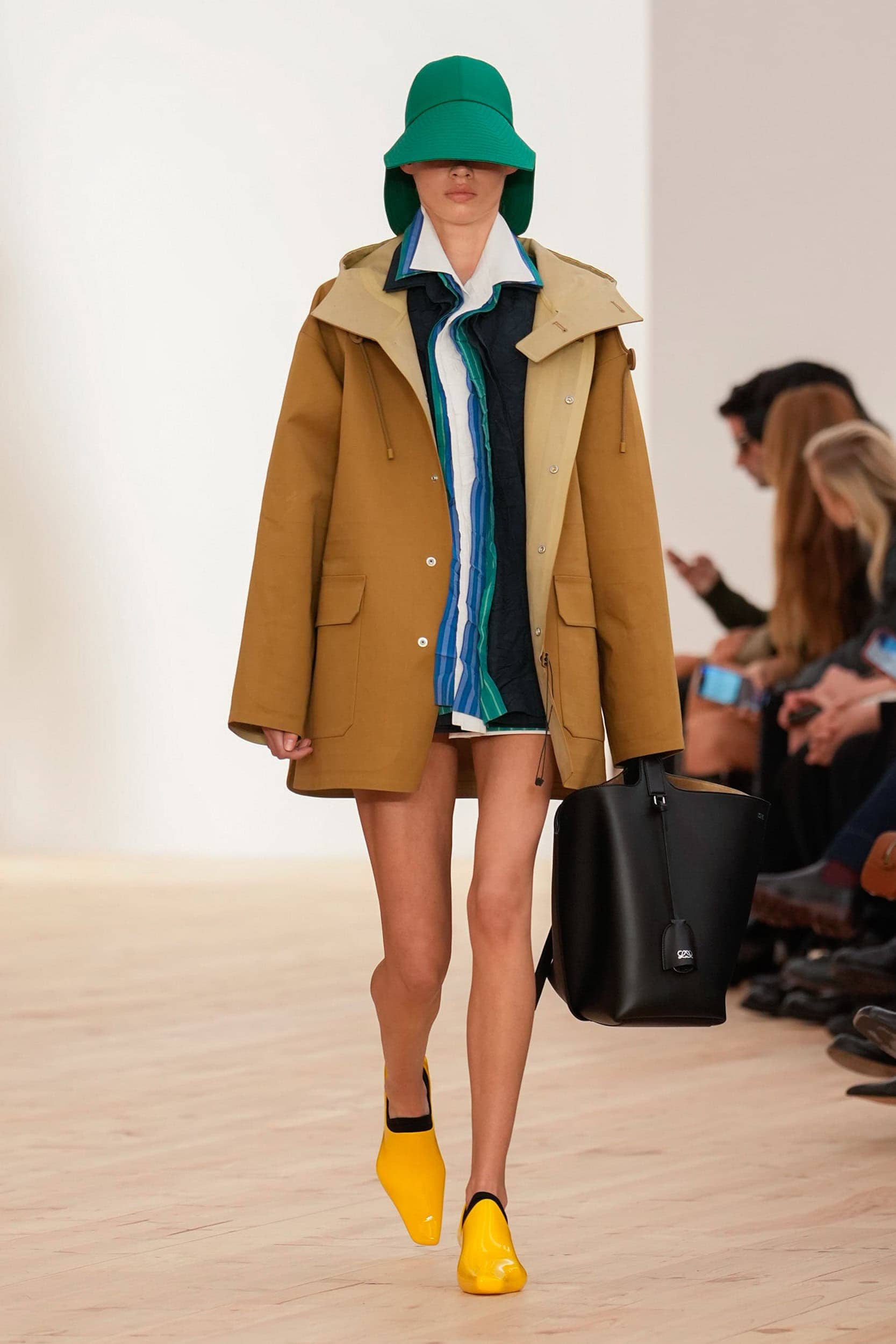
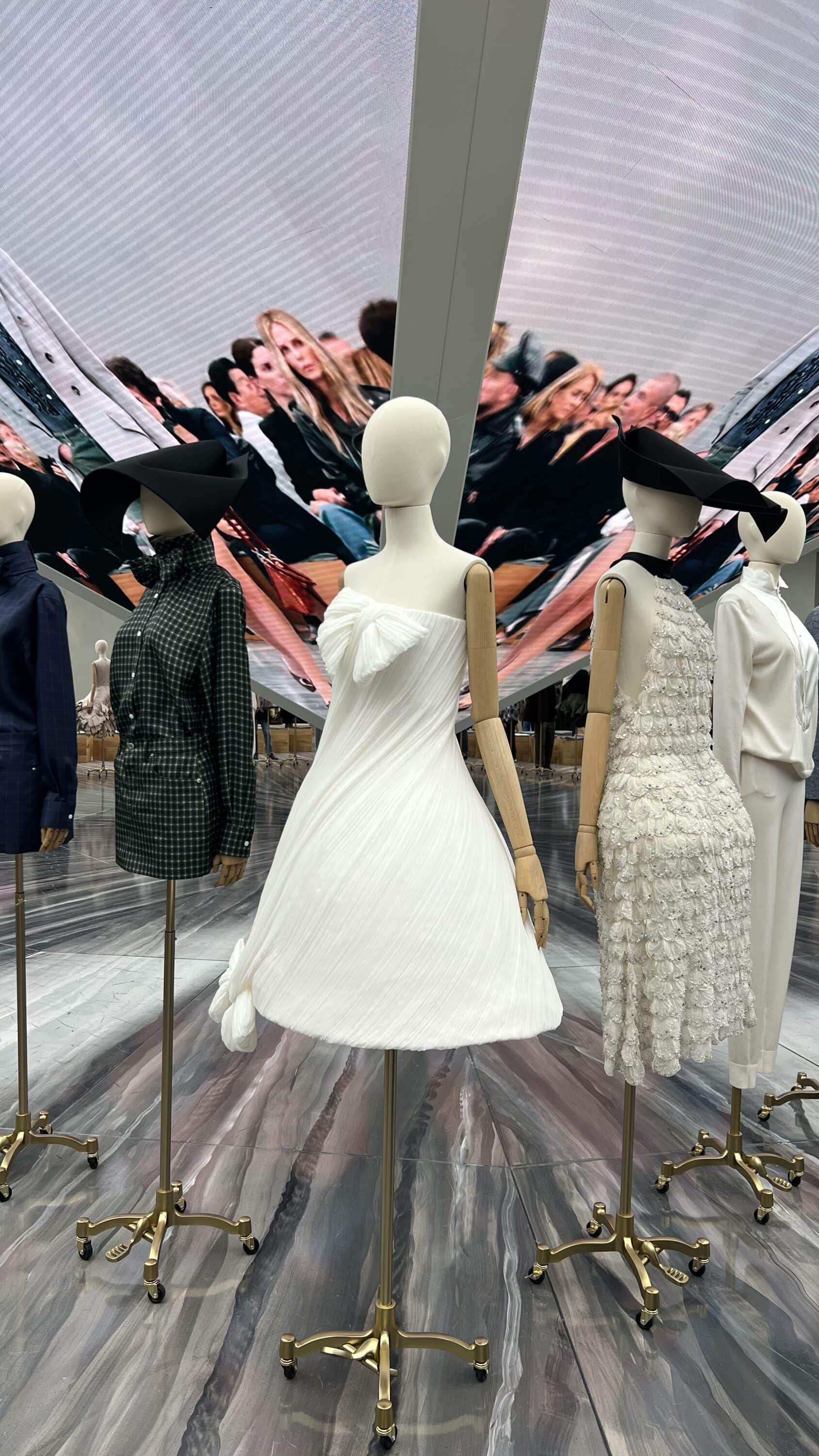
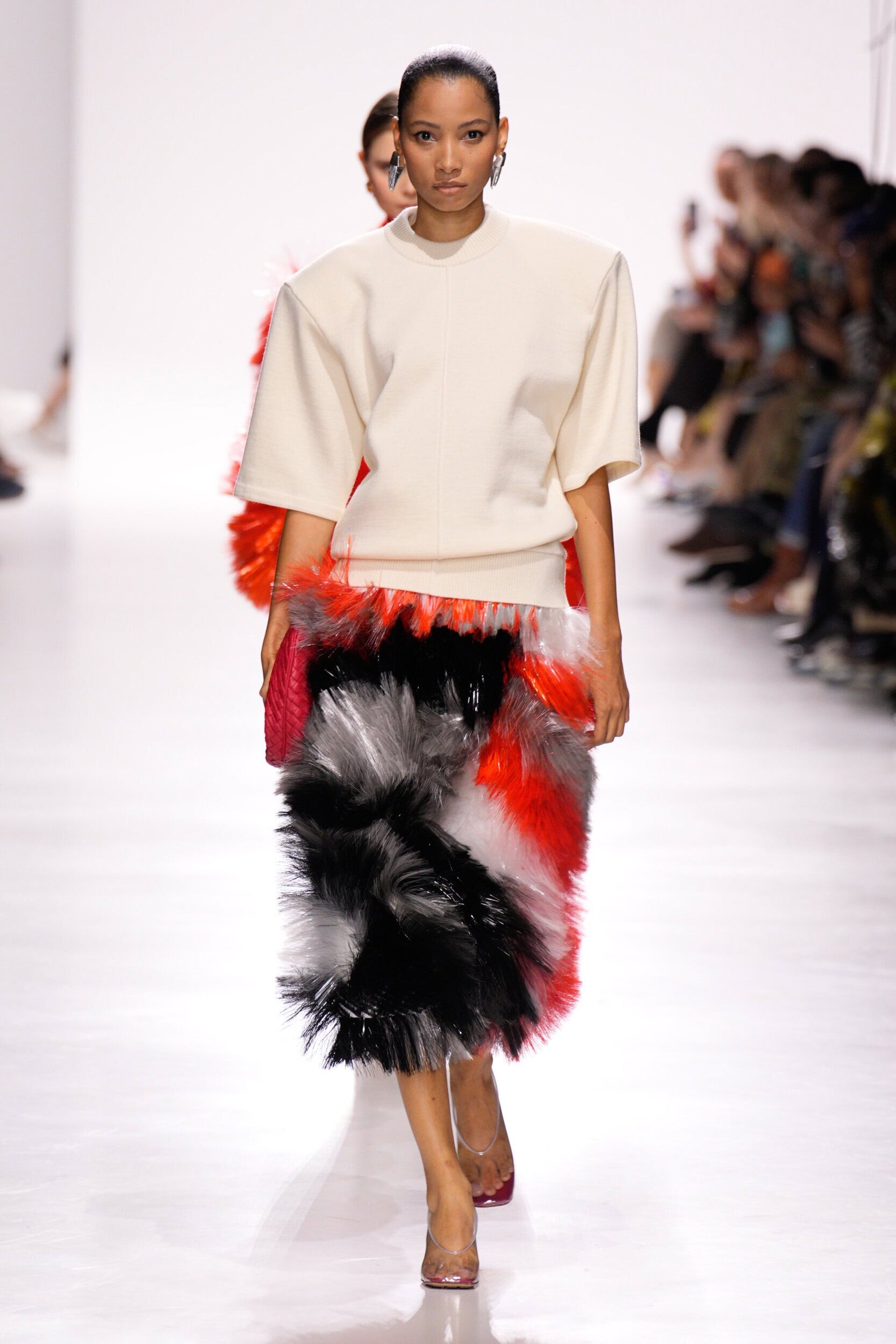
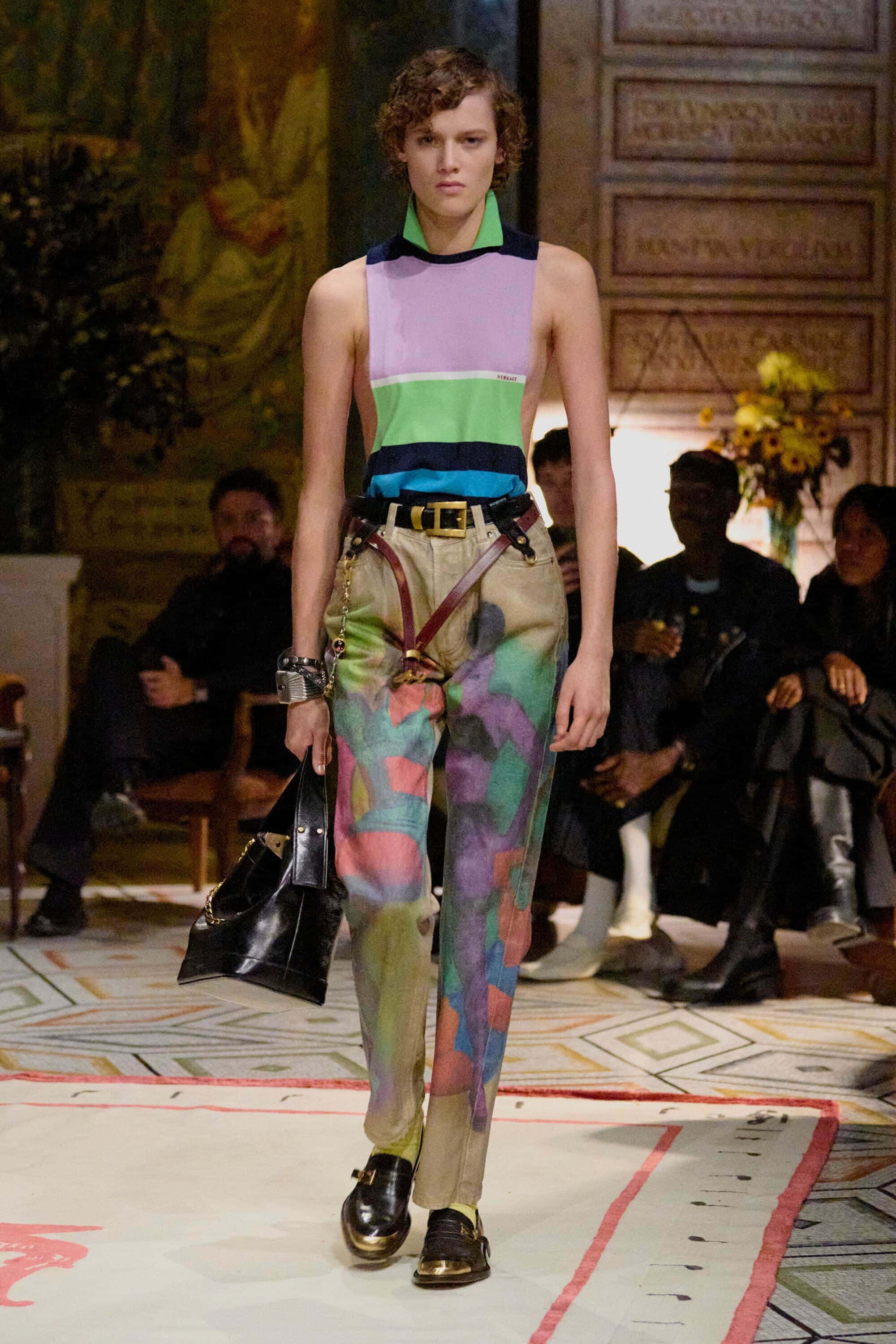
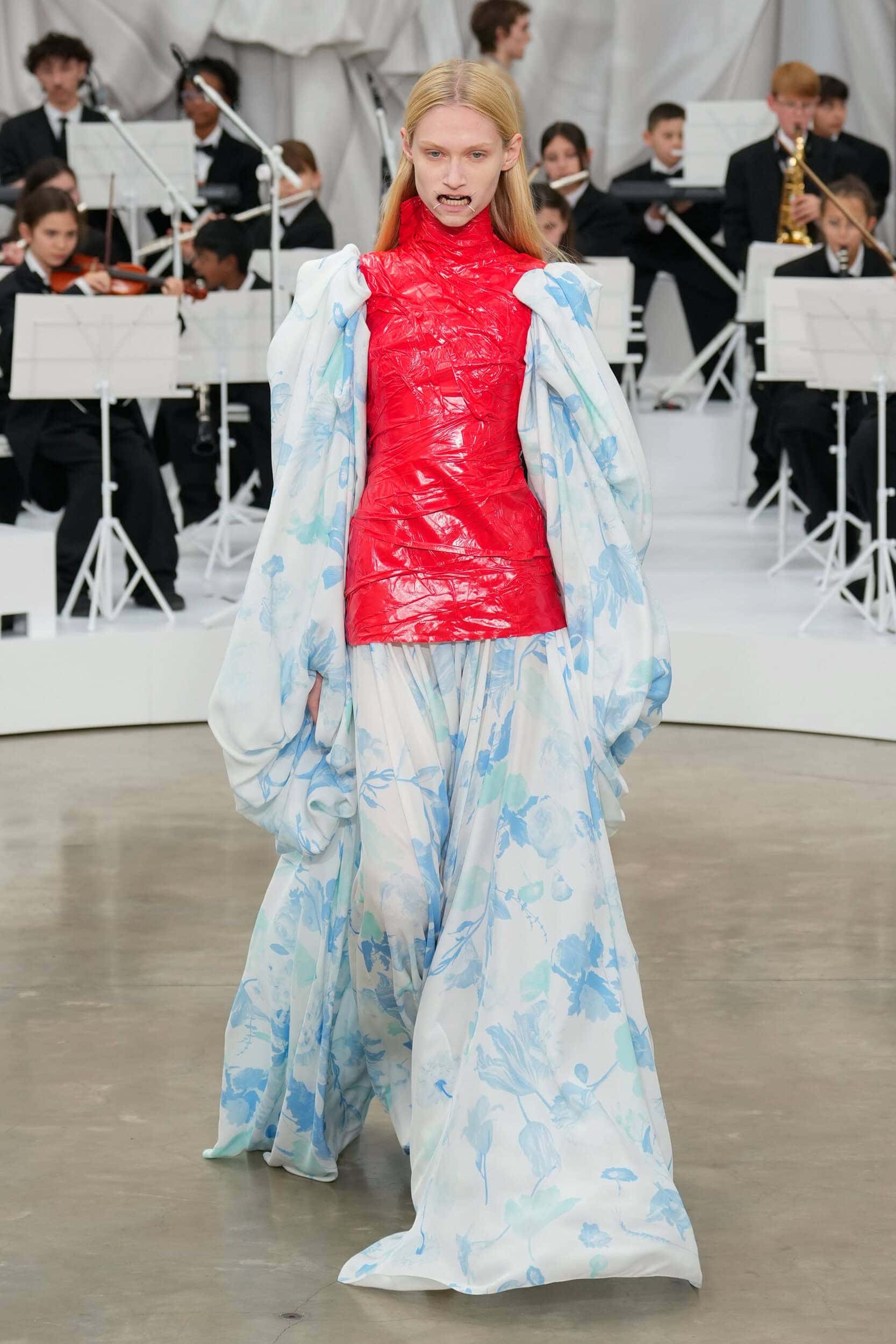
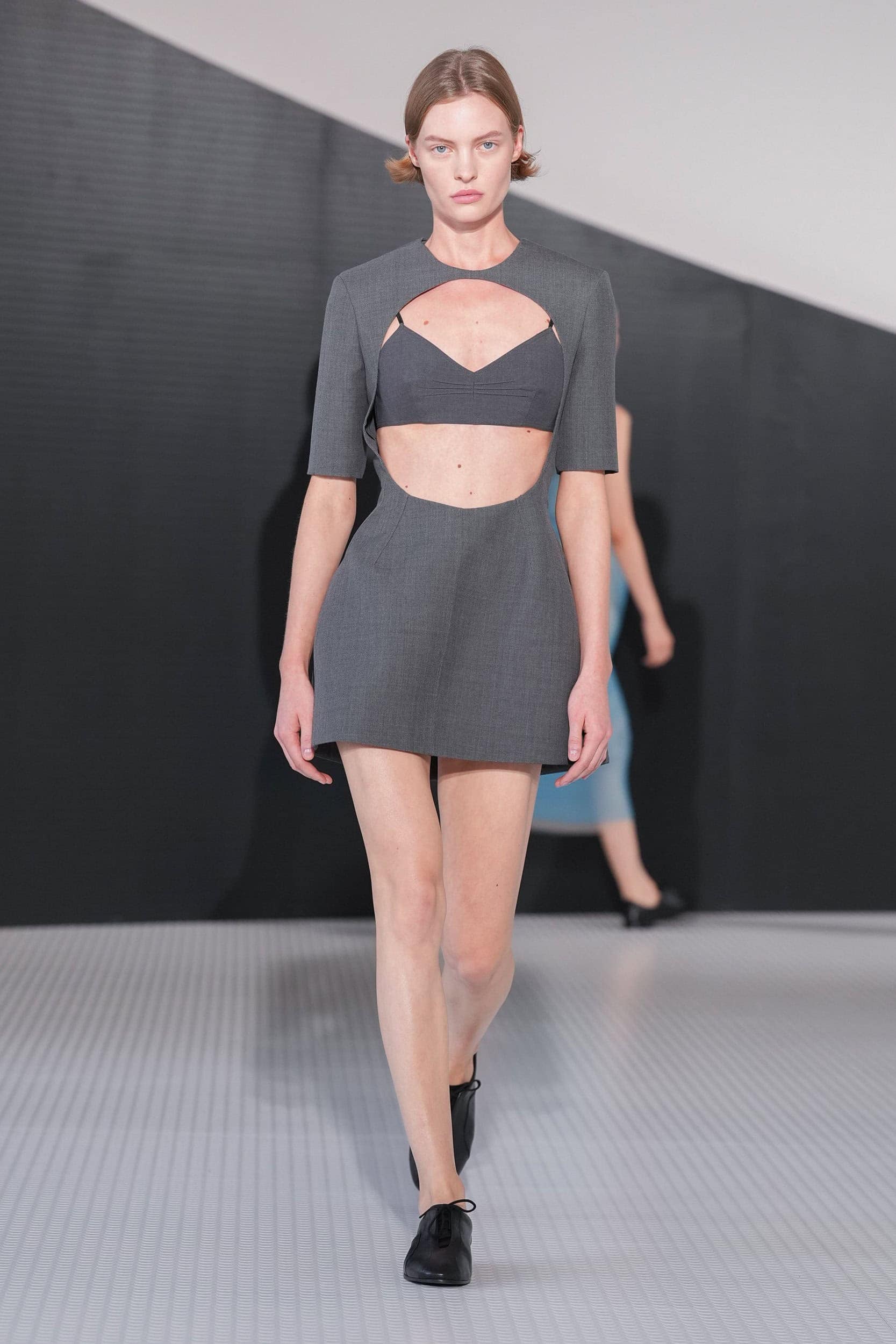
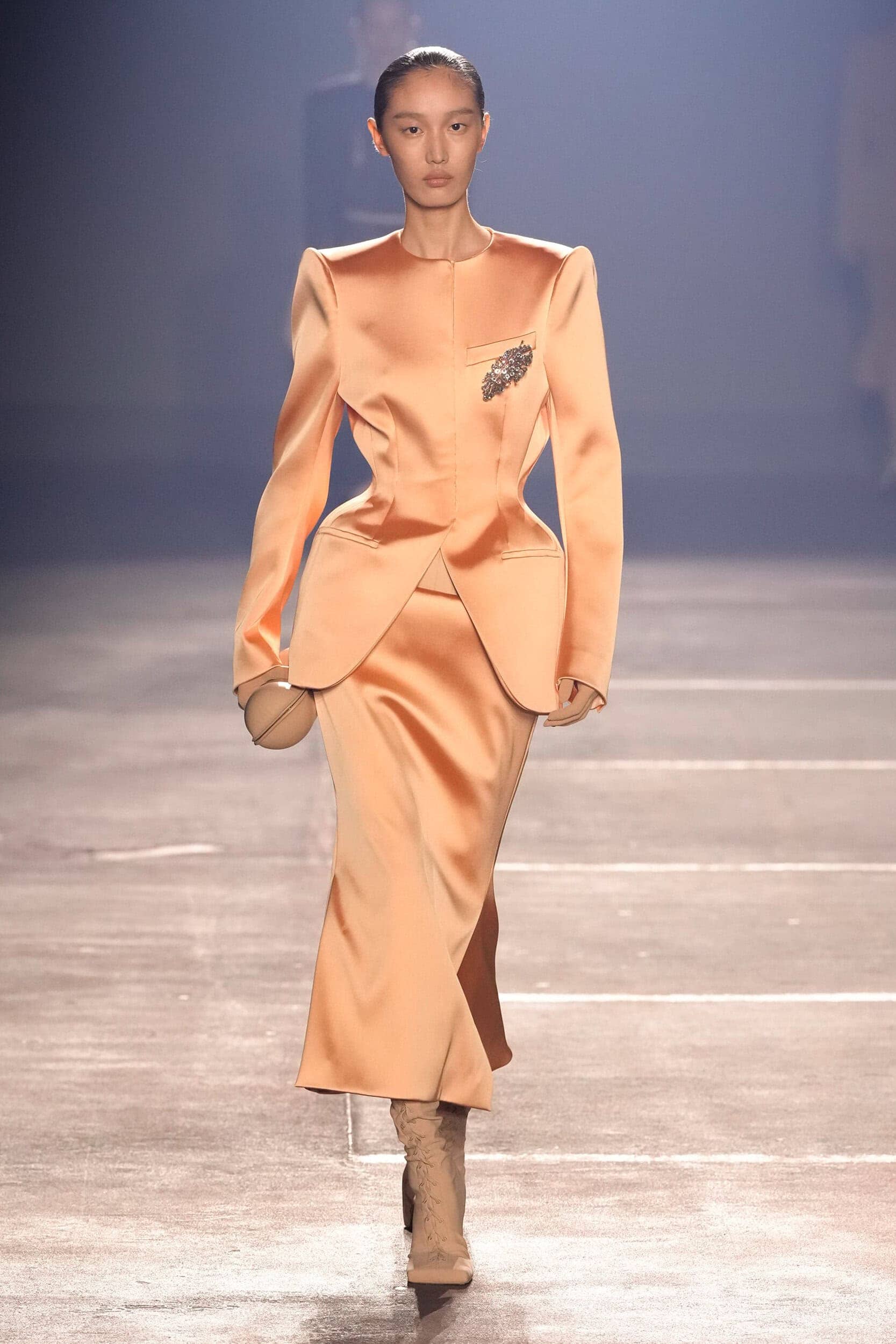
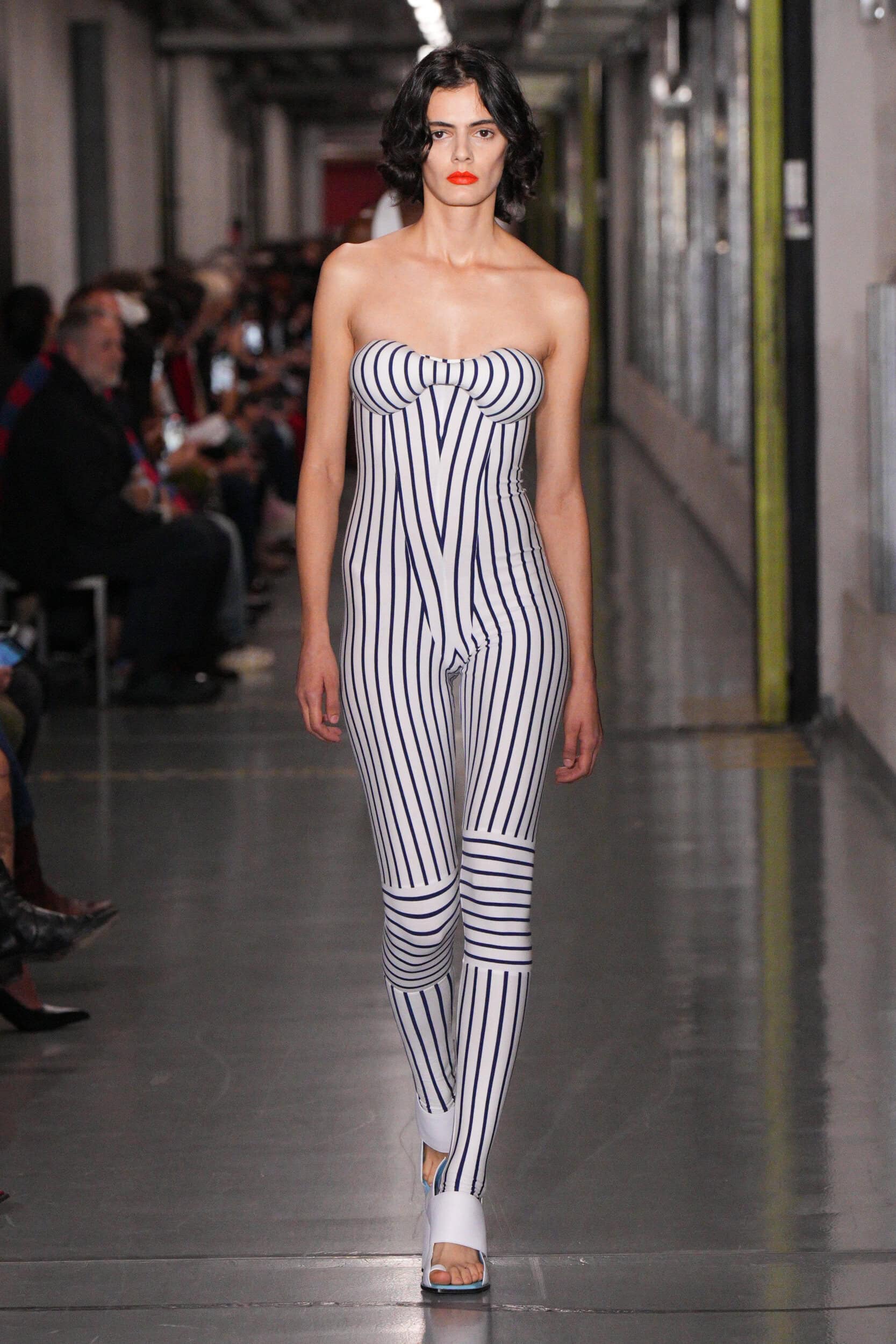
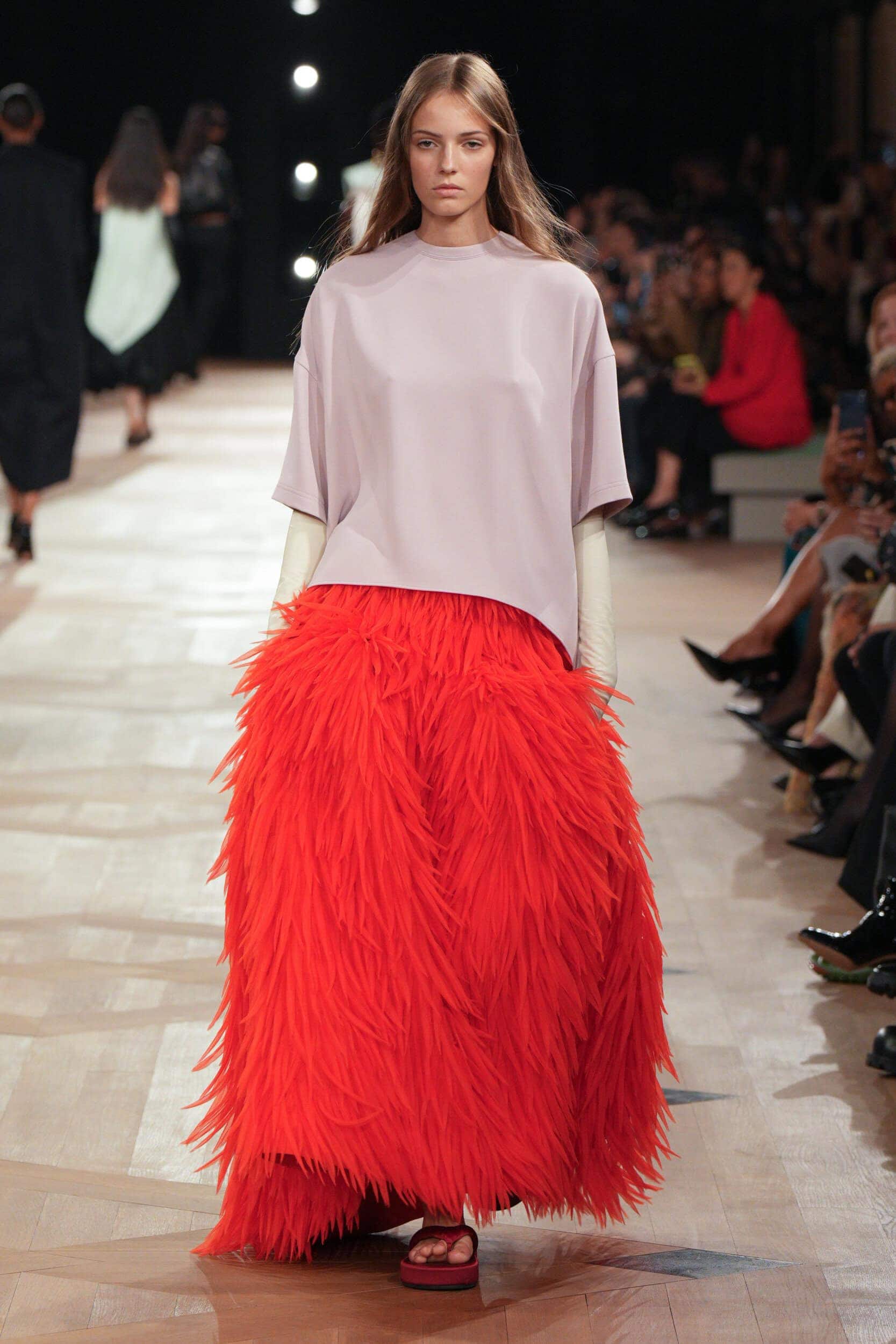
Elsewhere, Jack McCollough and Lazaro Hernandez shaped the season’s narrative with cerebral sportswear and sculpted silhouettes — a continuation of their predecessor’s work that should satisfy Loewe loyalists. Simone Bellotti confidently drove Jil Sander’s pared-down legacy forward with edgier gestures, while Jonathan Anderson at Dior (not technically a debut, having shown menswear in June) fully understood the assignment — bridging aspiration and accessibility with his hi-low mix of plaid pussy-bow shirts, denim mini skirts, shrunken bar jackets, and archival revivals of lace pannier dresses, plus whimsical bows, corsages, and bunny-ear accessories.
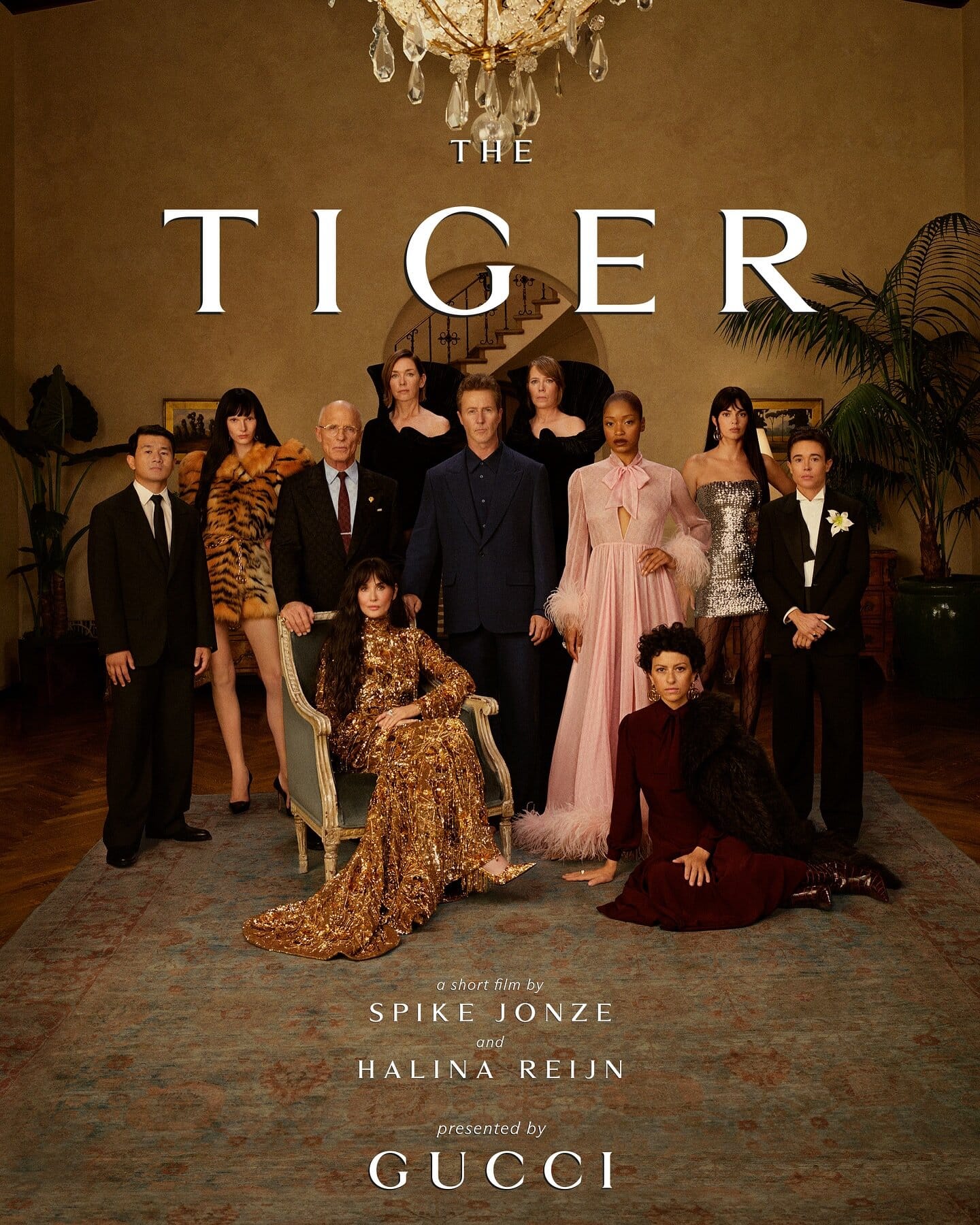
Demna, not scheduled to present until next season, hosted an off-schedule film screening worthy of any Hollywood premiere, once again upending the fashion format.
Hoping not to alienate Balenciaga’s streetwear-obsessed fan base cultivated under Demna, but remaining true to Cristóbal Balenciaga’s legacy, Pierpaolo Piccioli delivered a 180° and brought a couture sensibility back to the house. Demna, not scheduled to present until next season, hosted an off-schedule film screening worthy of any Hollywood premiere, once again upending the fashion format by outfitting his cast in the Italian archetypes from the ‘La Famiglia’ lookbook he launched only 36 hours earlier!
It was left to Dario Vitale at Versace and Duran Lantink at Jean Paul Gaultier to shake things up with divisive collections that kept the front row talking, as sex was subverted to provoke. Both designers rejected the idea of playing it safe and presented pointed takes on our obsession with the ‘Body Beautiful’ with encrusted bralettes, barely-there muscle Tees and full-frontal male bodysuits on female models. Both could take the crown as the new ‘Enfant Terrible’ of fashion.
It was a season that reminded us: fashion may always circle back, but it always finds new ways to move forward.
Freedom and Joy
In the absence of brands taking definitive political stands, designers instead channelled the need for light in dark times through colour. In contrast to the neutrality dominating past seasons, this moment called for an unapologetically bold display — a resurgence of post-pandemic “Dopamine Dressing.”
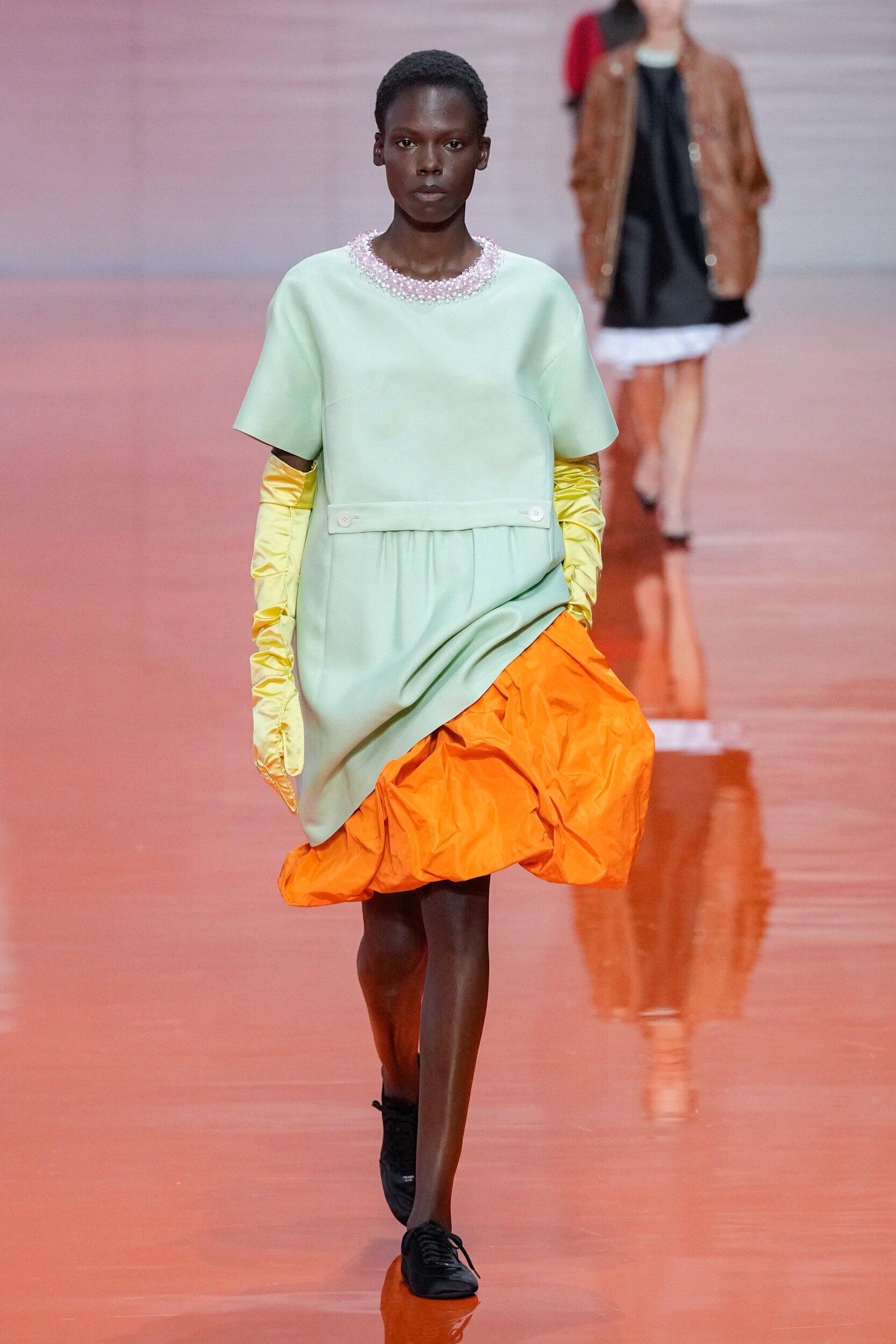
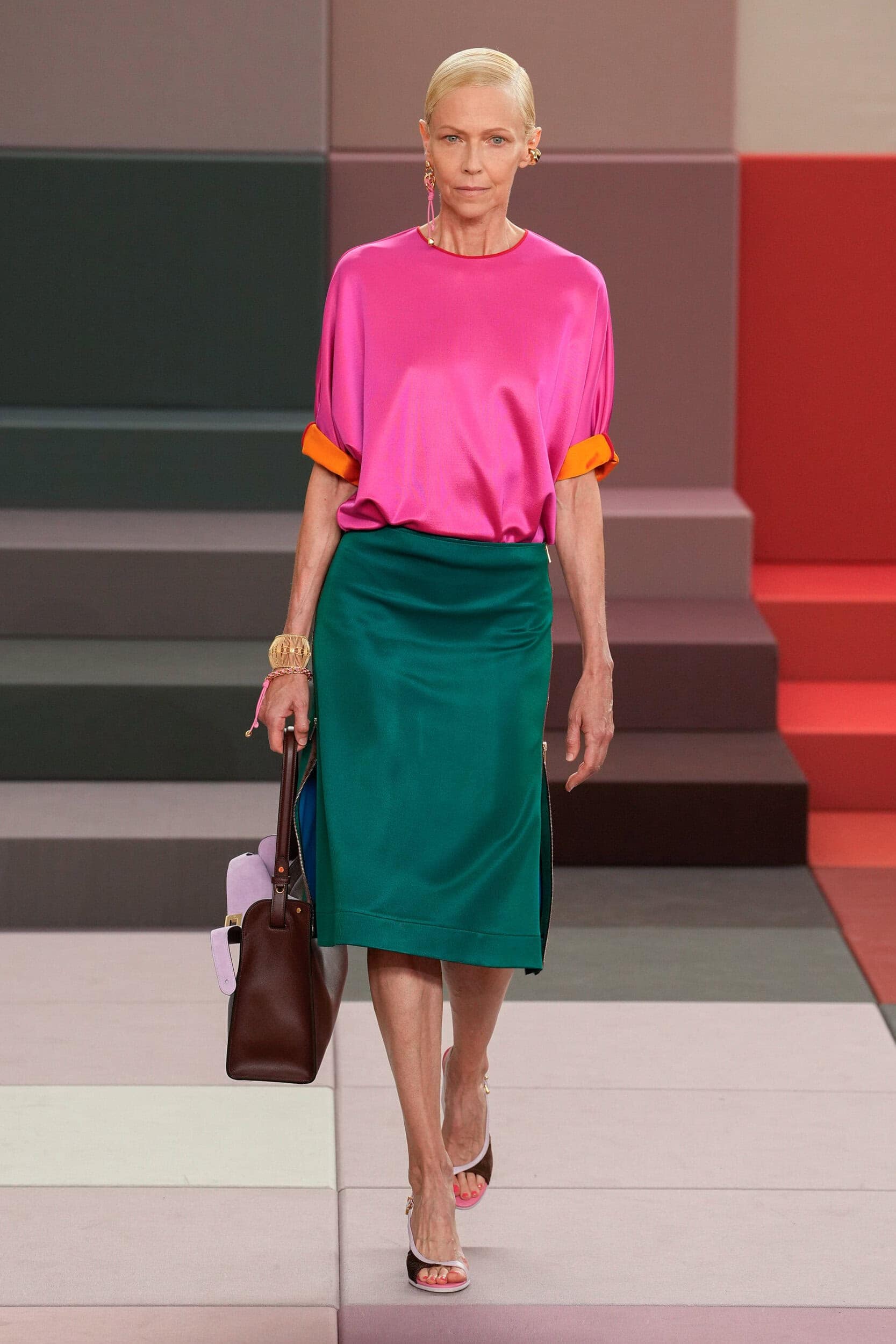
At Fendi and Prada, kaleidoscopic colour filled the runways in offbeat combinations inspired by uniform palettes. Loewe’s sunshine hues borrowed from sportswear and layered tactility. Zomer incorporated an actual paint palette into its set, with models leaving colourful footprints on the runway turned canvas.
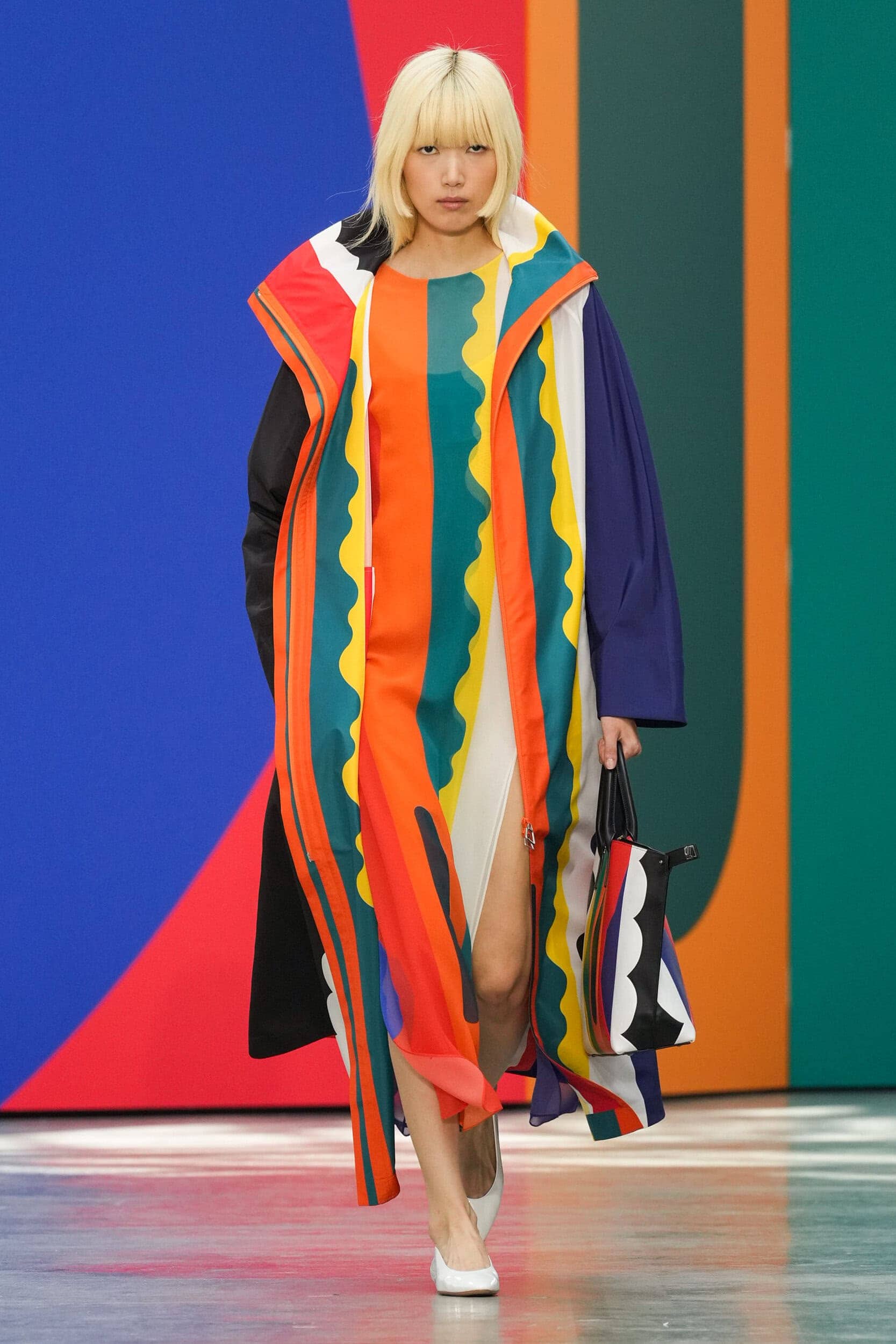
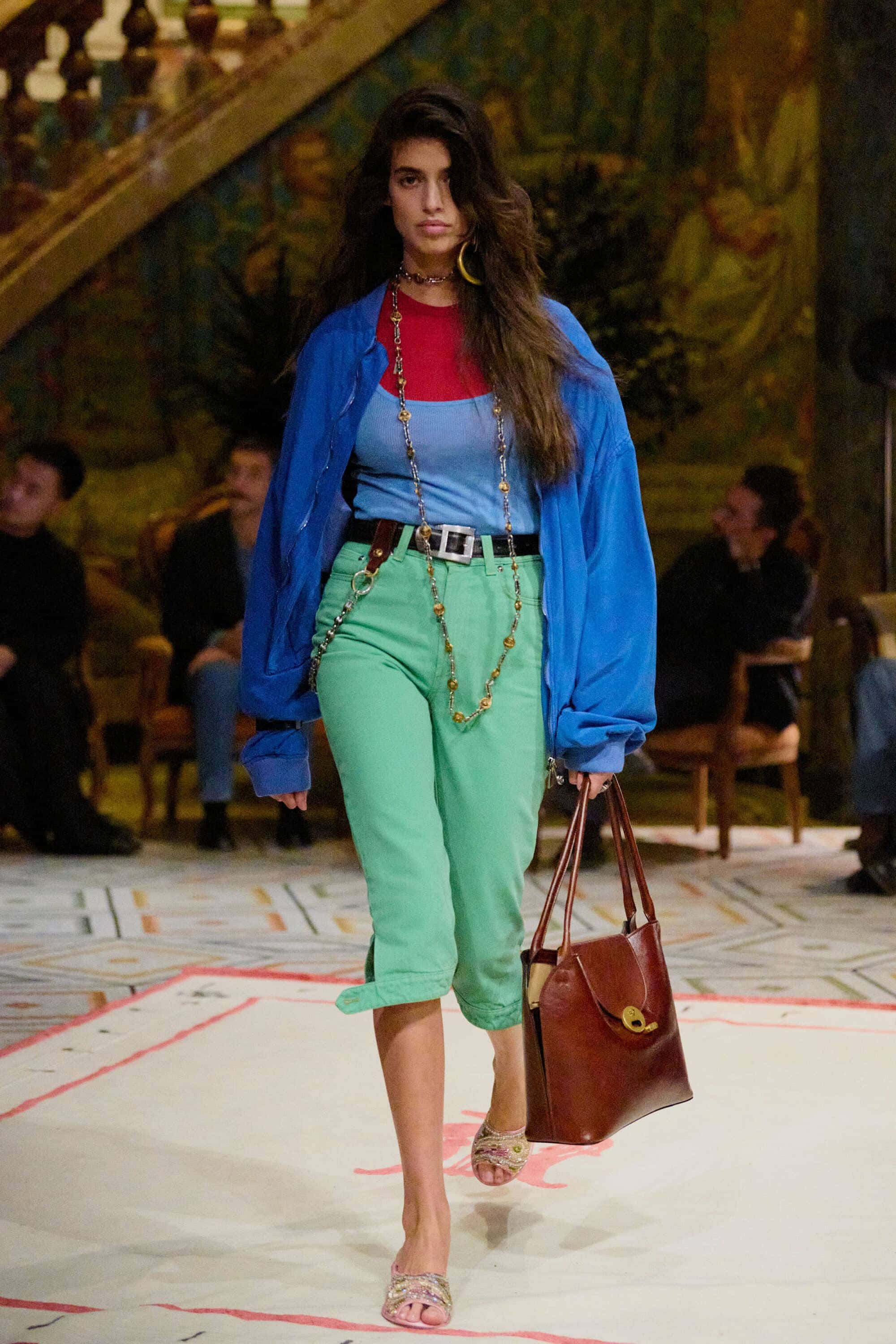
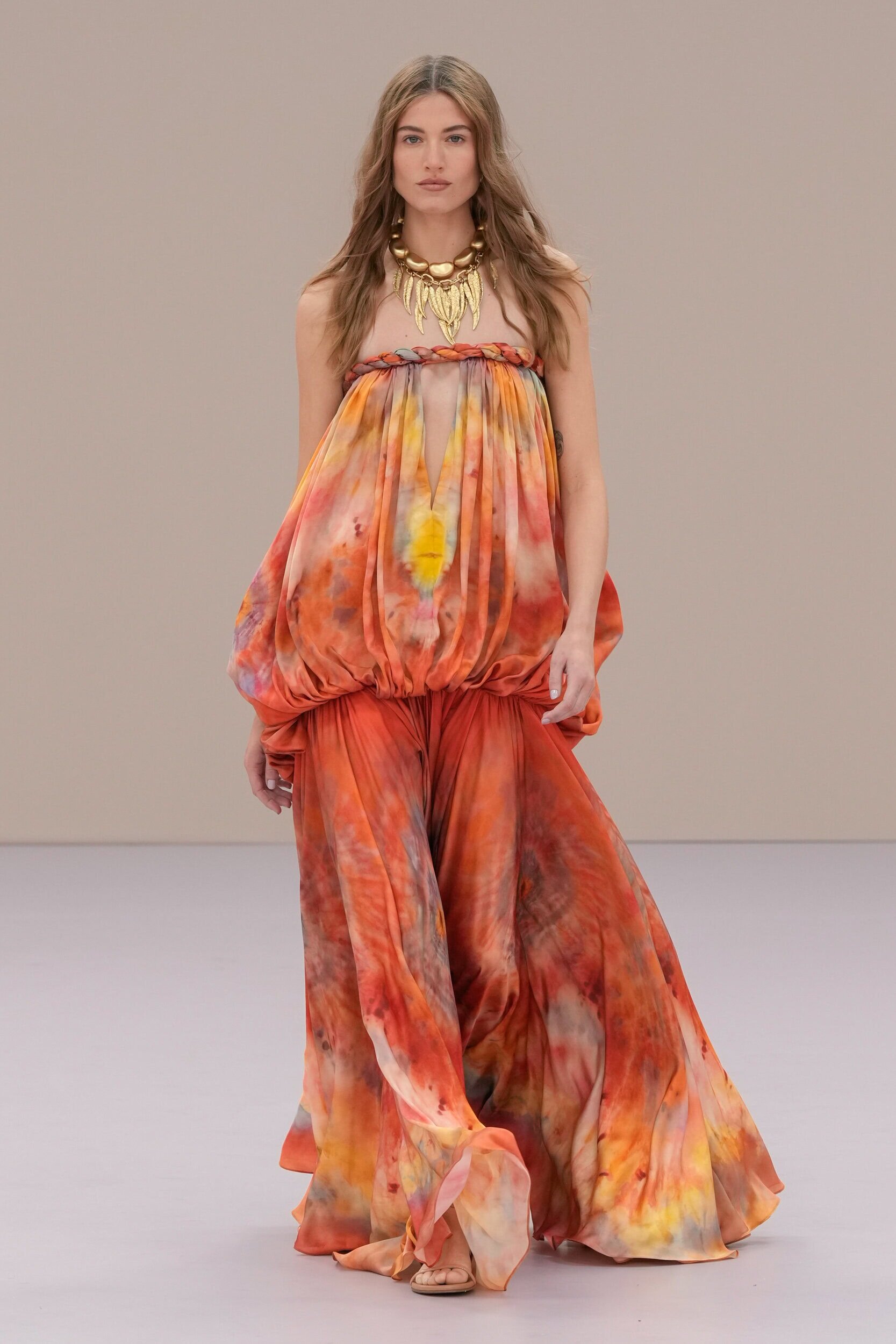
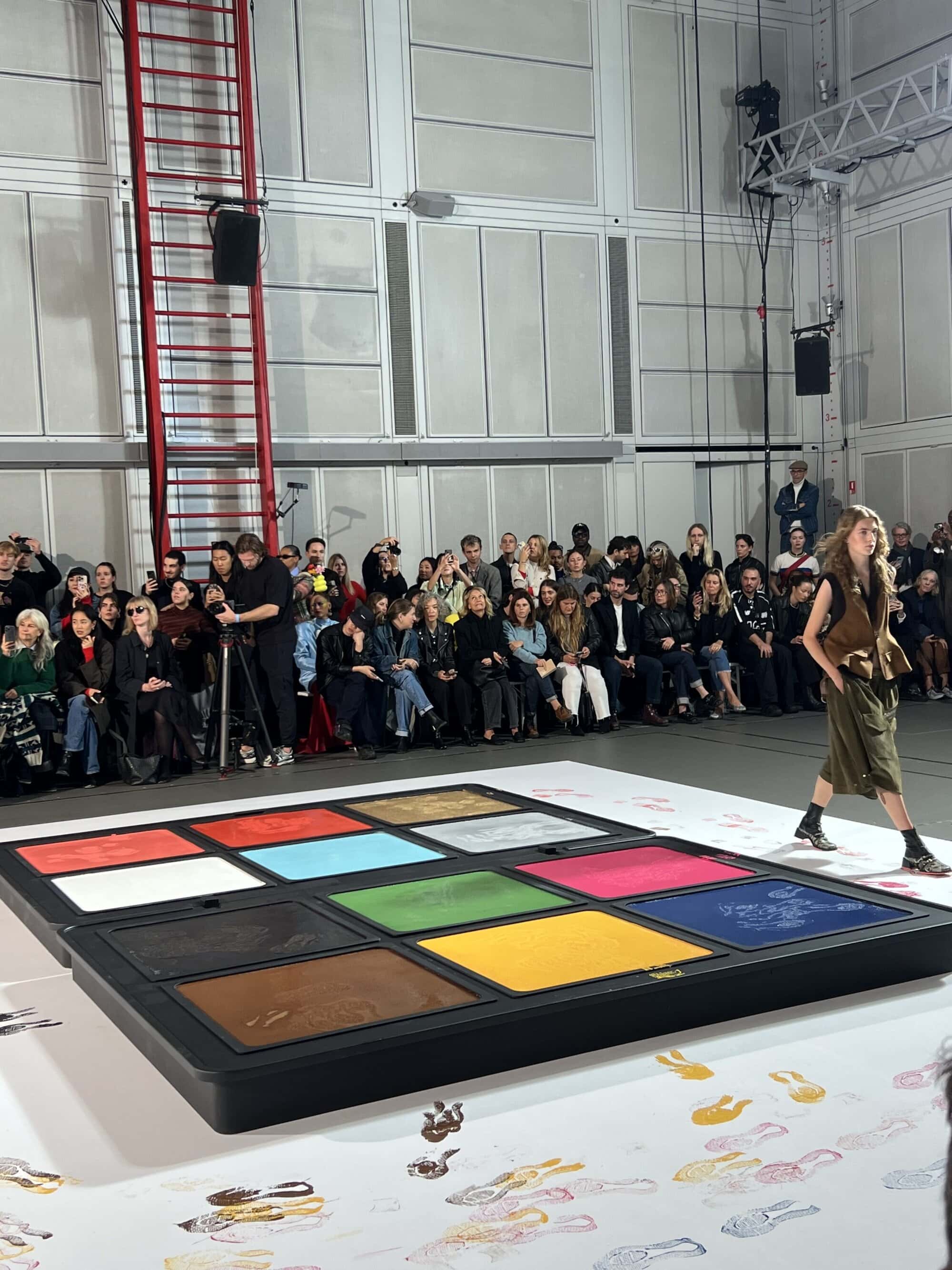
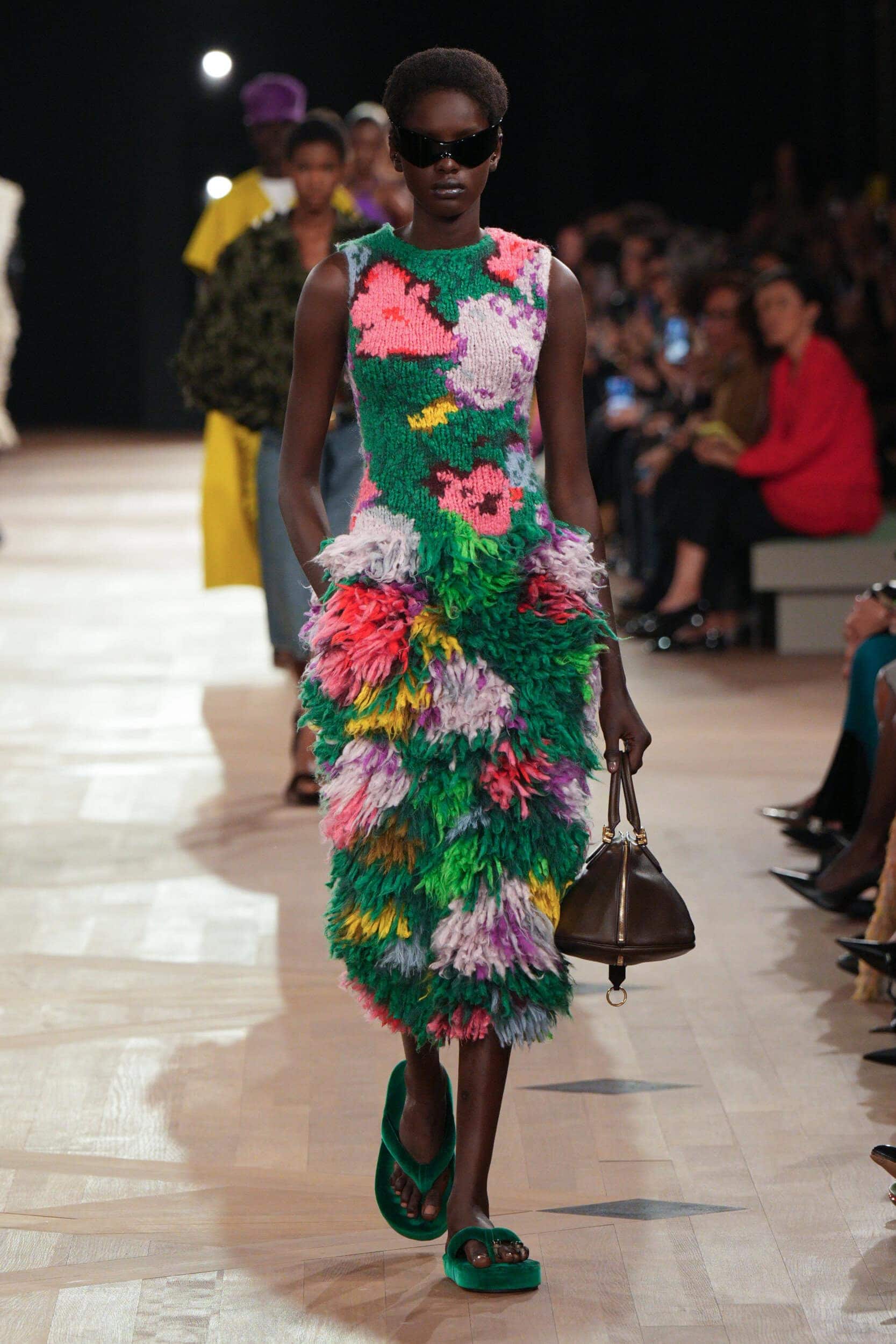
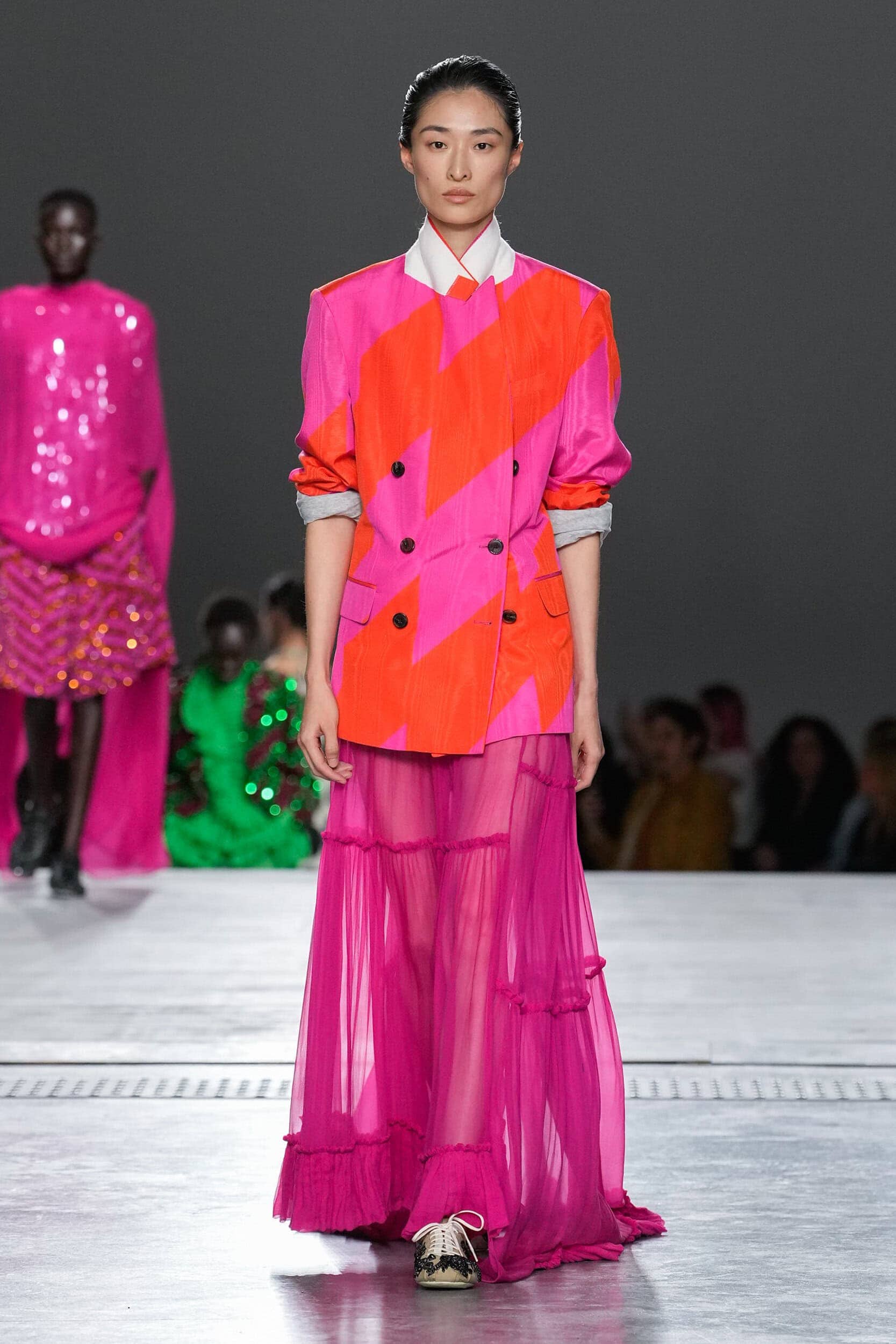
While colour represented joy, a sense of freedom also spread throughout the season — as the parallel century of the 1920s continued to influence design. A time known for its economic prosperity, rapid social change, and flourishing music scene ie. the ‘Jazz Age’, designers tapped into the dropped waists and freer silhouettes afforded to women and updated the twenties for next season. Ferragamo’s sensual silhouettes were sans excess yet exuded a raw elegance in the use of ‘Africana-inspired’ animal devoré ,and at Chanel a liquid fluidity, twisted satin sheaths, high slits skirts, and embellished fringing honoured the founders legacy of liberating women through comfort.
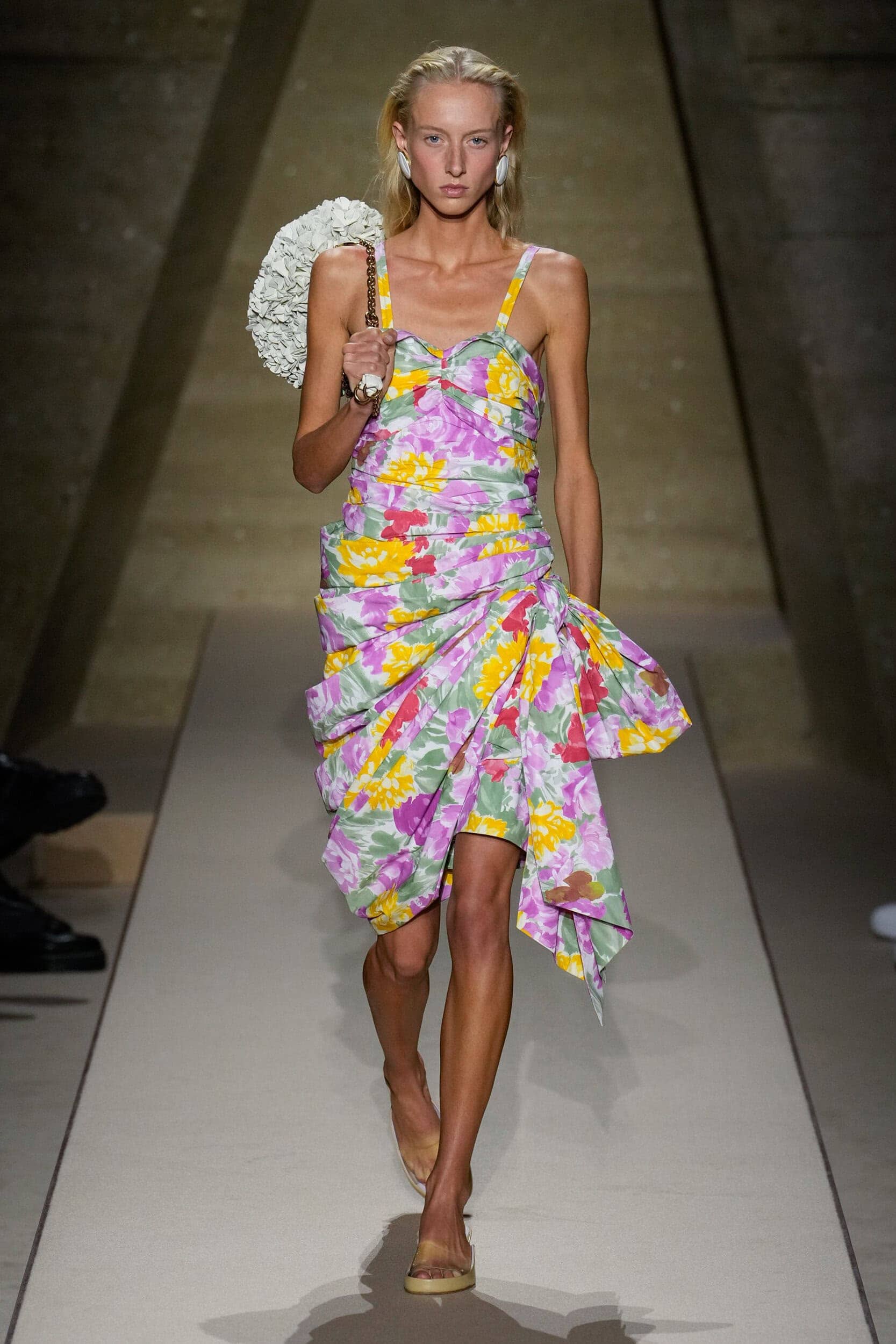
Chloé’s Chemena Kamali drew from 1950s and 60s swimwear and leaned into retro wallpaper florals to add another layer to her boho chic aesthetic.
Women for Women
The lack of female talent considered for top creative director roles remains glaring. Of the fifteen vacancies across Dior, Balenciaga, Loewe, Gucci, Celine, and Chanel, only four have been filled by women — Louise Trotter at Bottega Veneta, Sarah Burton at Givenchy, Meryll Rogge at Marni, and Rachel Scott at Proenza Schouler.
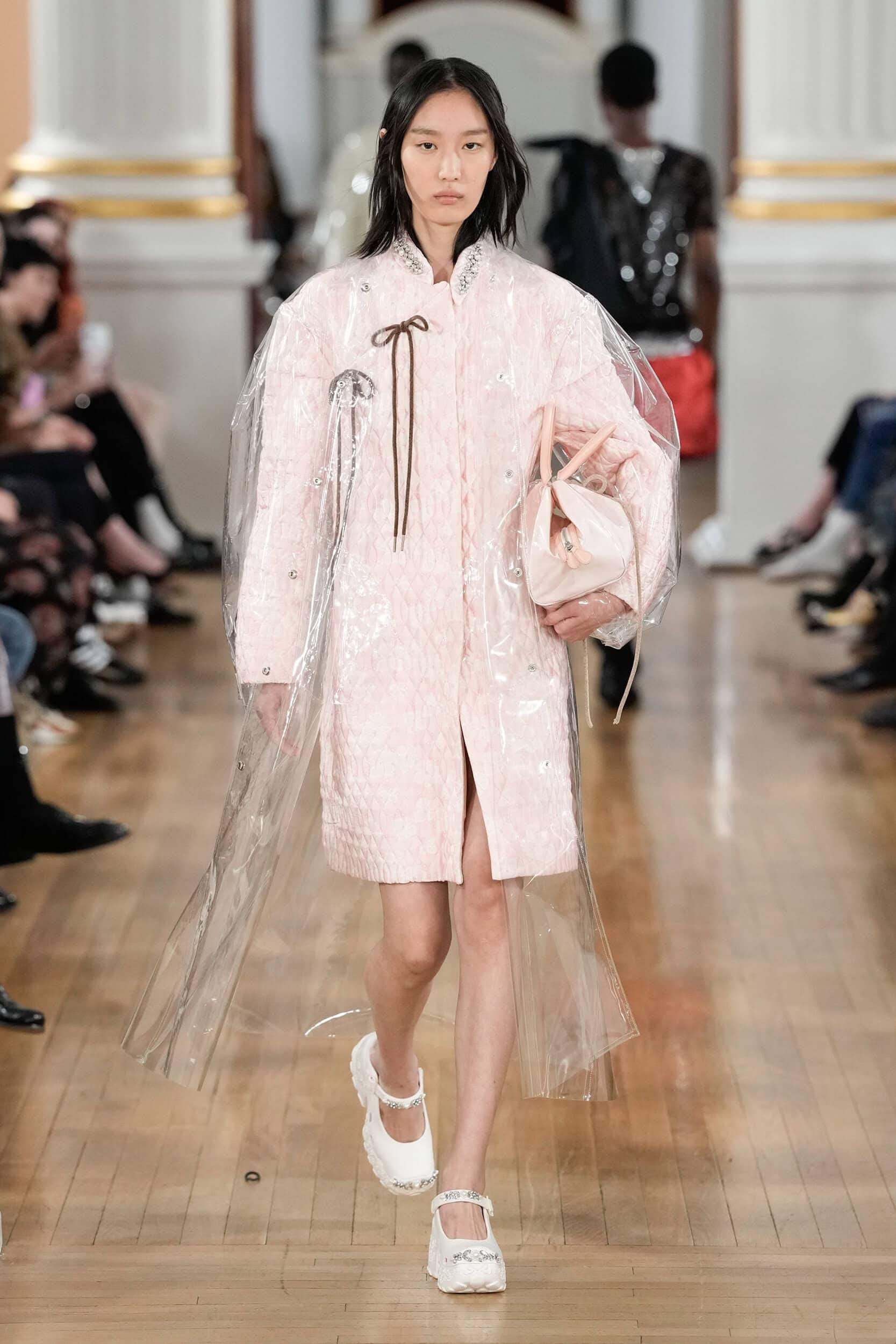
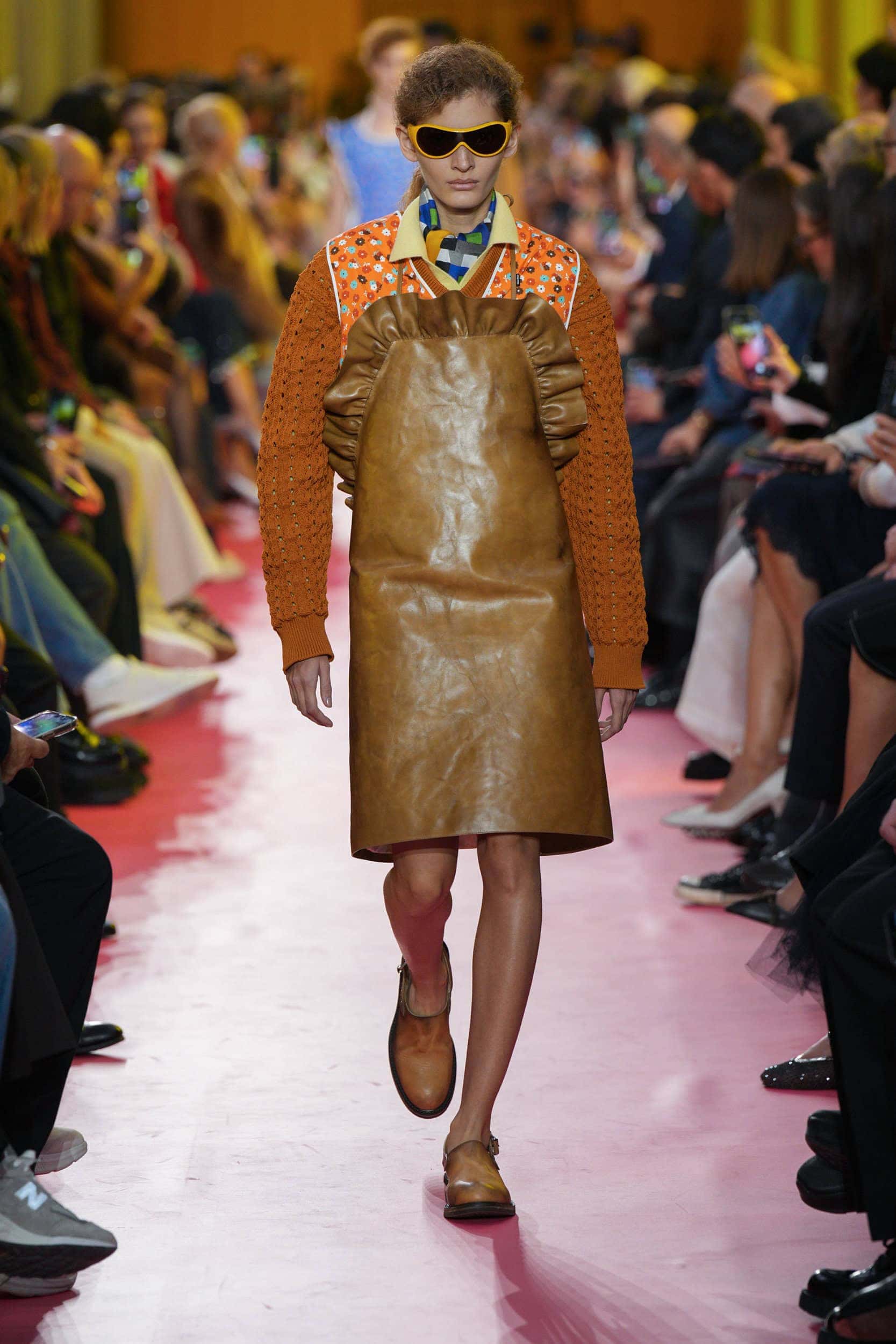
And though it appears the industry is merely reflecting a patriarchal society (now, more than ever), female creatives are hardly designing from the sidelines. This season they blew up the housewife trope at Simone Rocha, and Miu Miu, where Miuccia Prada gave the humble Apron – long a symbol of the realities women have faced both inside the home and on the factory floor — pride of place, reframing it as a tribute to the unseen labour that underpins society, yet often goes unacknowledged. Sarah Burton at Givenchy, Roksanda (Ilincic – who celebrated her 20 year anniversary during London fashion week), The Attico, The Row, Khaite, Tory Burch, Fendi, Calvin Klein Collection, Hermès, Gabriela Hearst, and Victoria Beckham were all responsible for delivering powerful versions of modern femininity, as women designing for women.
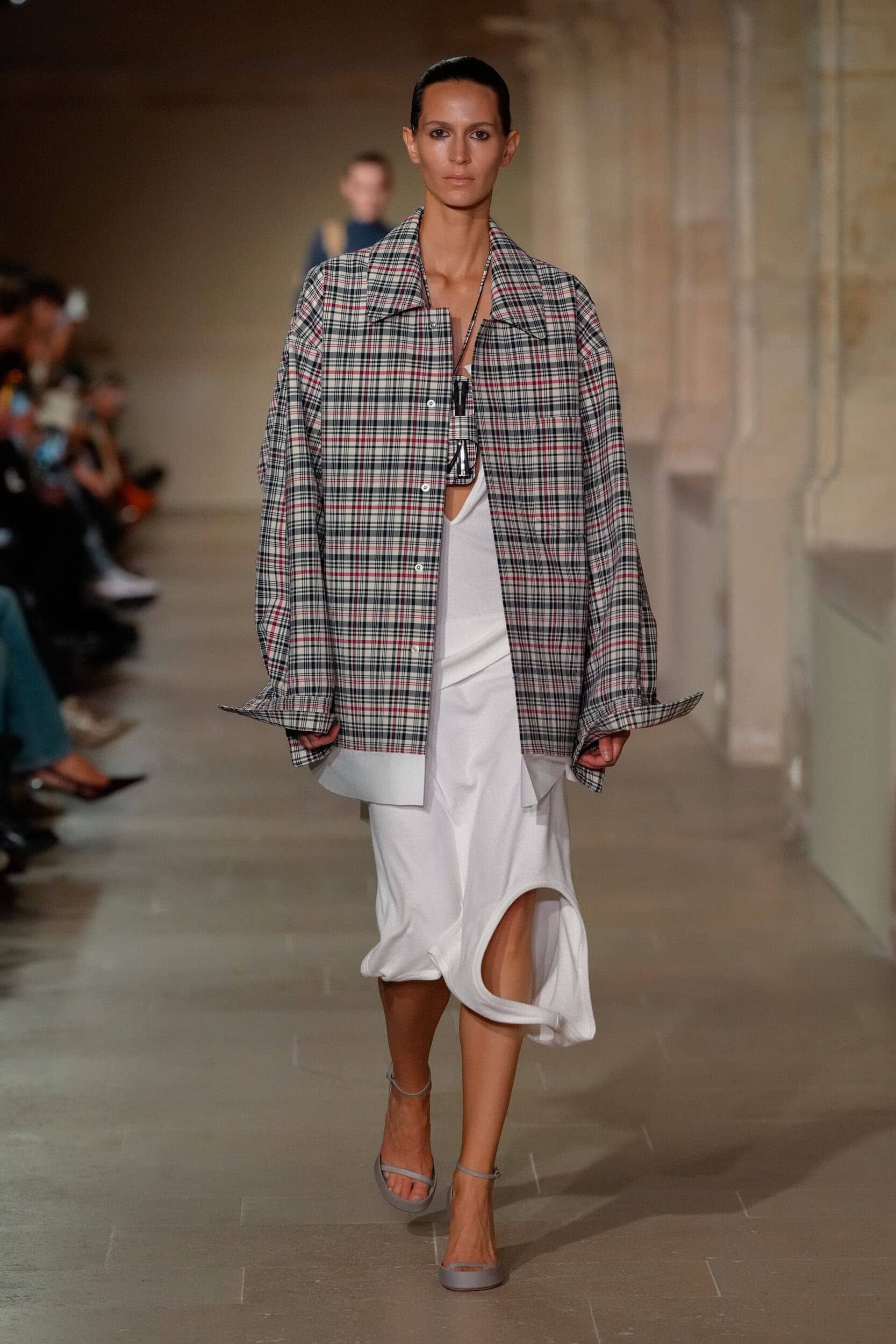
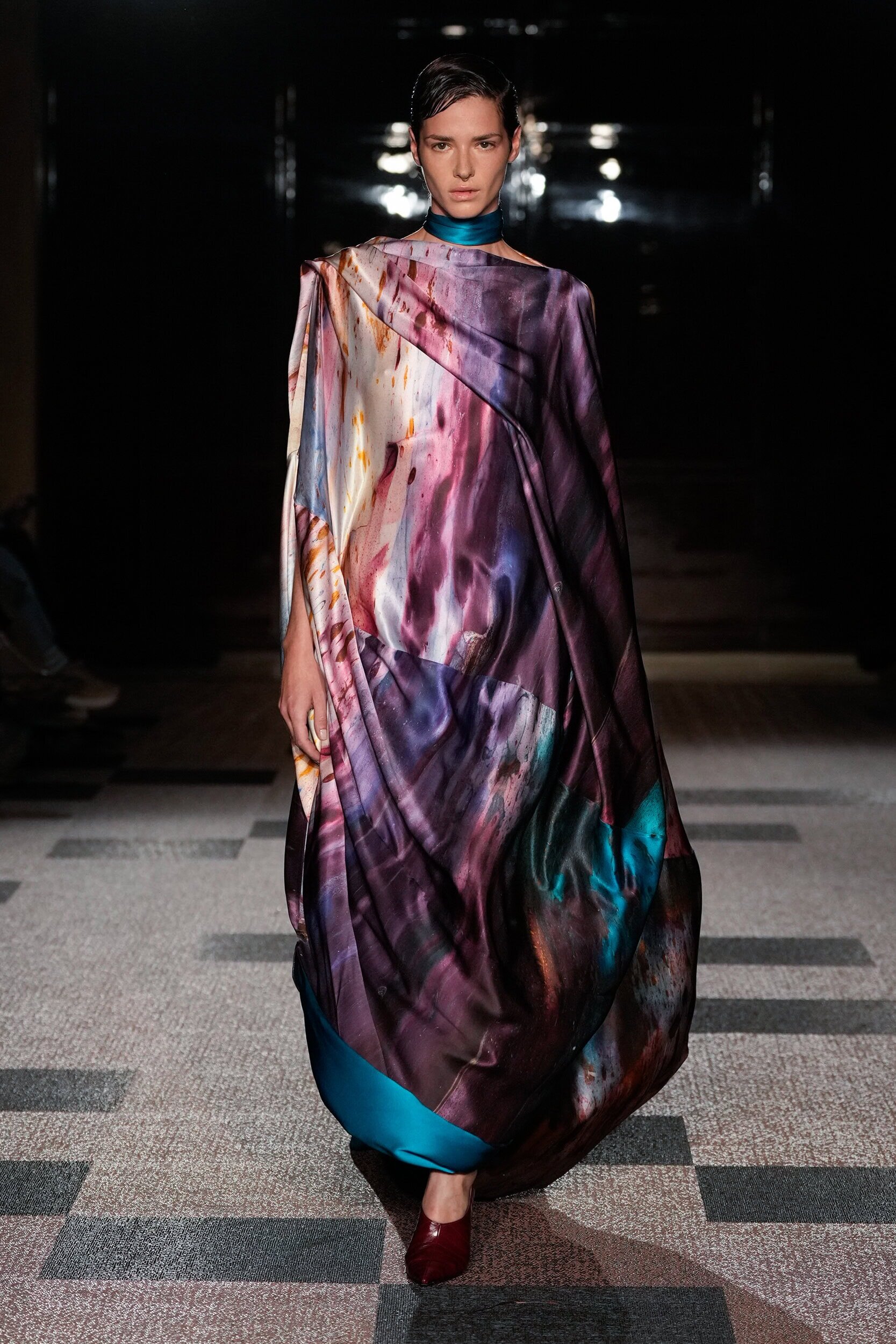
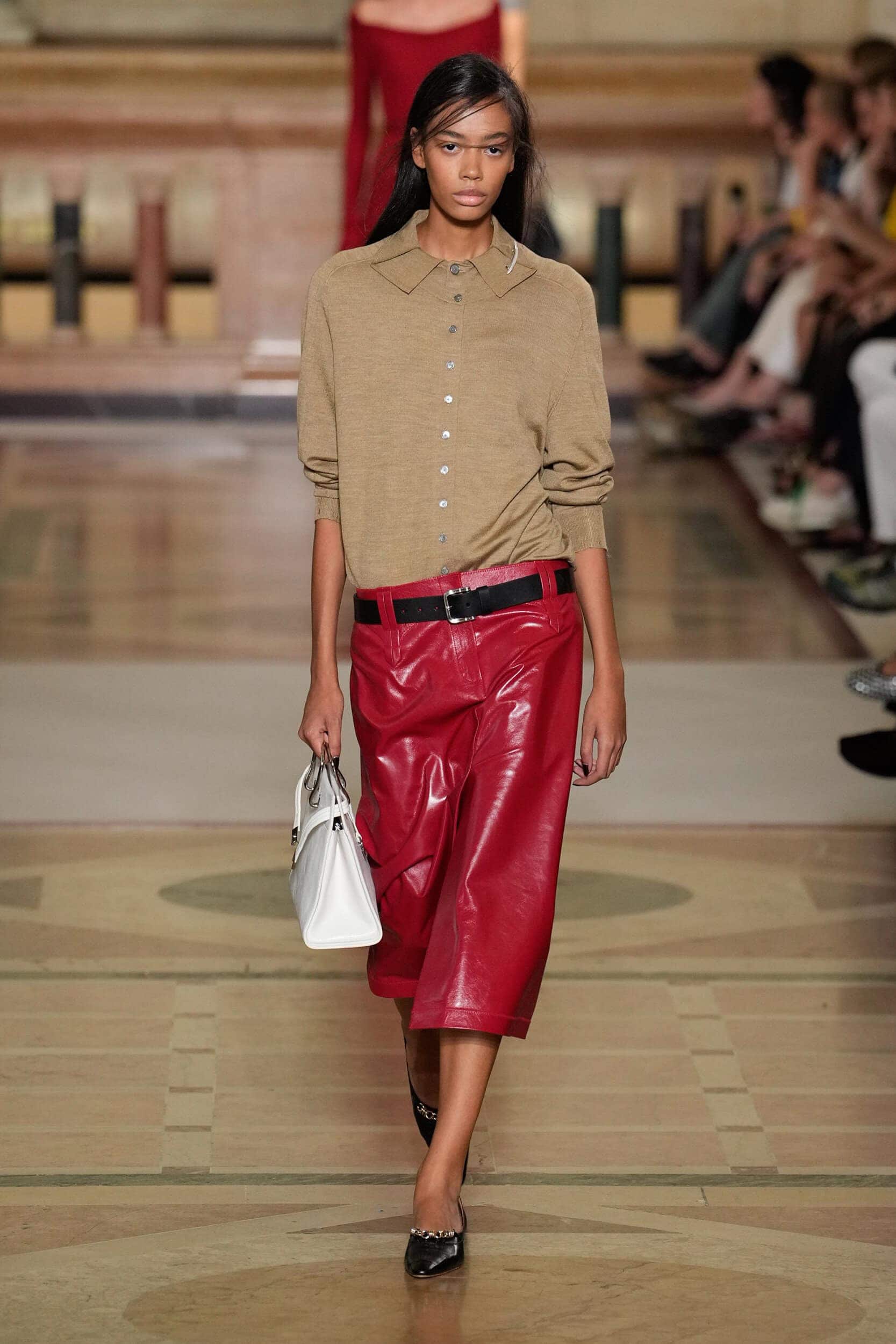
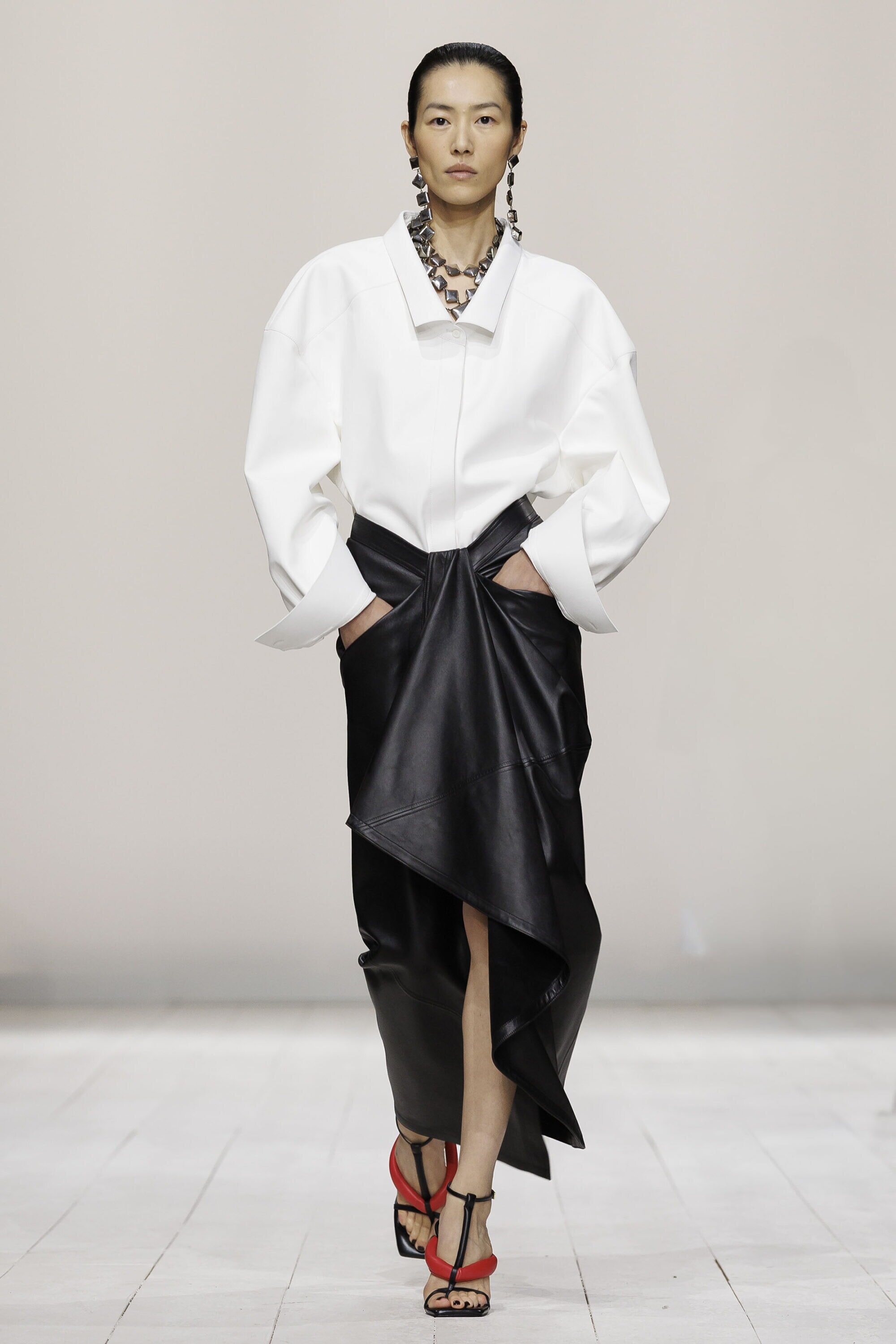
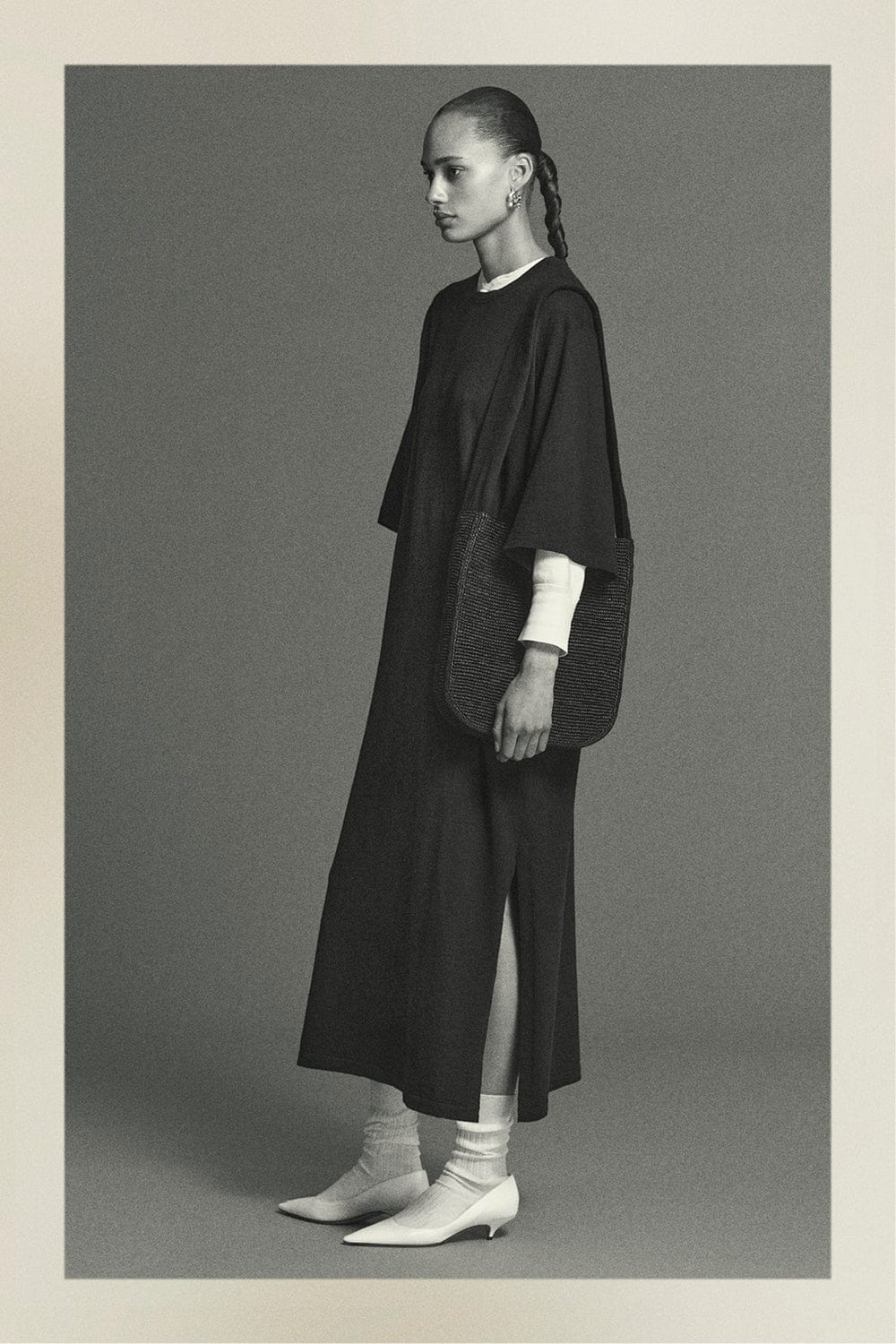
Newcomers brought equally compelling narratives. Torishéju (LVMH Prize Savoir Faire winner) whose work has already been acquired by the V&A Museum, expanded into denim, Julie Kegels models transformed their looks mid-runway, August Barron (formerly ALL-IN) deconstructed the notion of a “Real Housewife”, Marie Adam-Leenaerdt mastered outsized proportions, Dilara Findikoglu uncaged the idea of innocence through the lens of gothic decadence and corseted torsos for the female gaze, and Rachel Scott, performing duel creative director roles, presented her first runway show which channelled resistance through joy via the Caribbean cultural festival of Carnival.
Despite being underrepresented in top industry roles, women – at the helm of their own brands – continued to define the season’s most authentic moments, proving that true power within fashion isn’t about position, it’s about perspective, and women are reshaping that from the inside out.
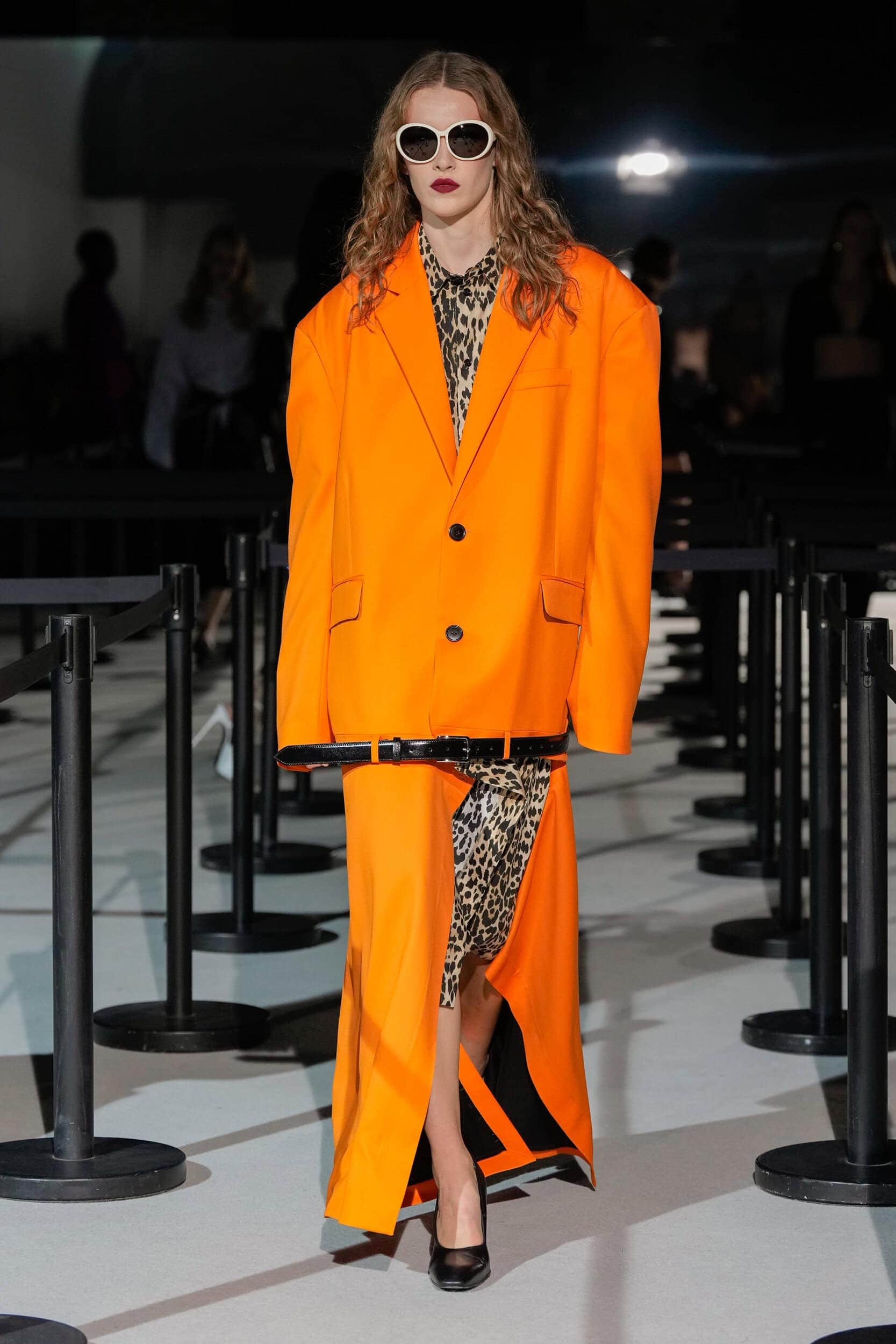
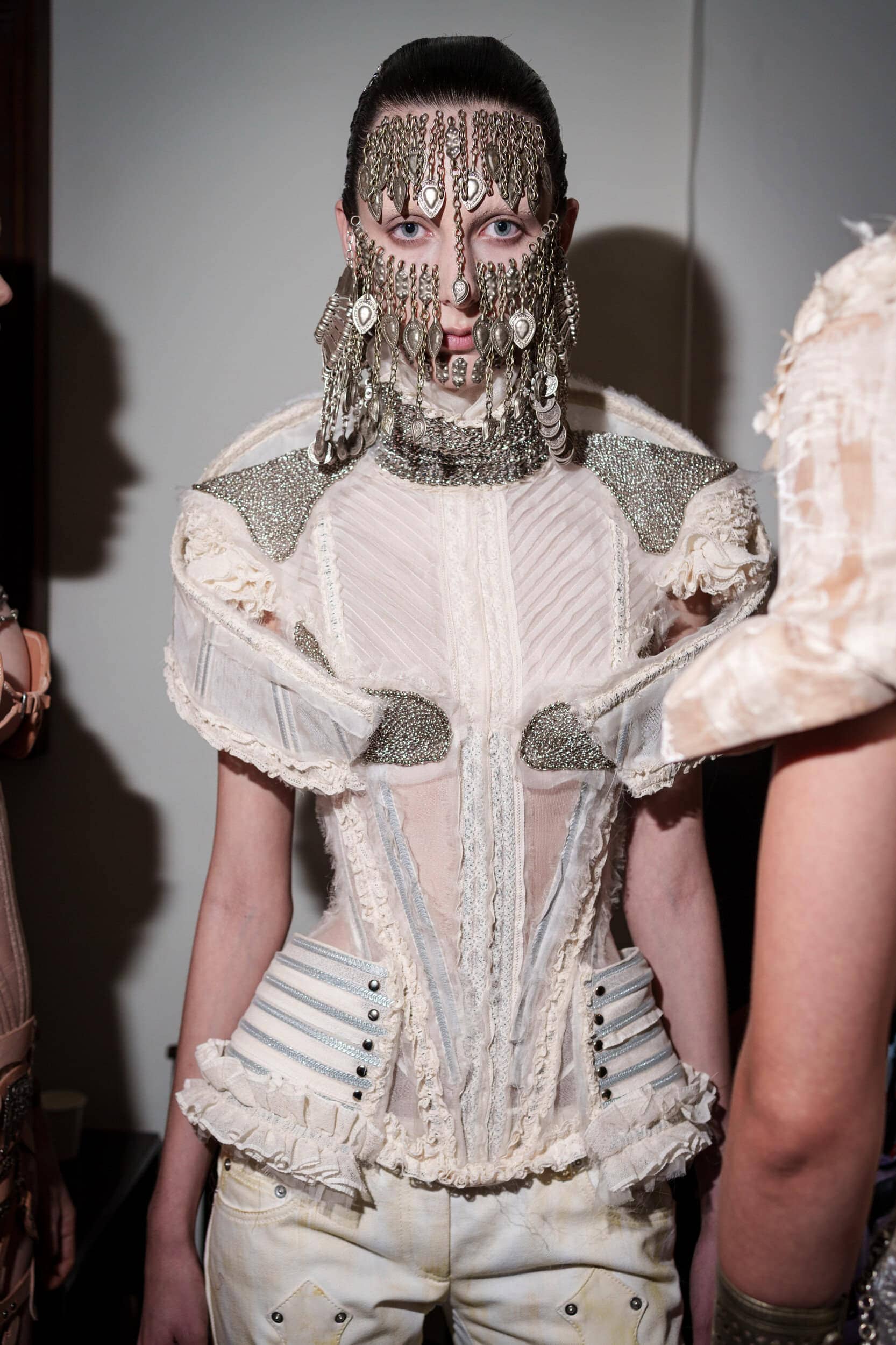
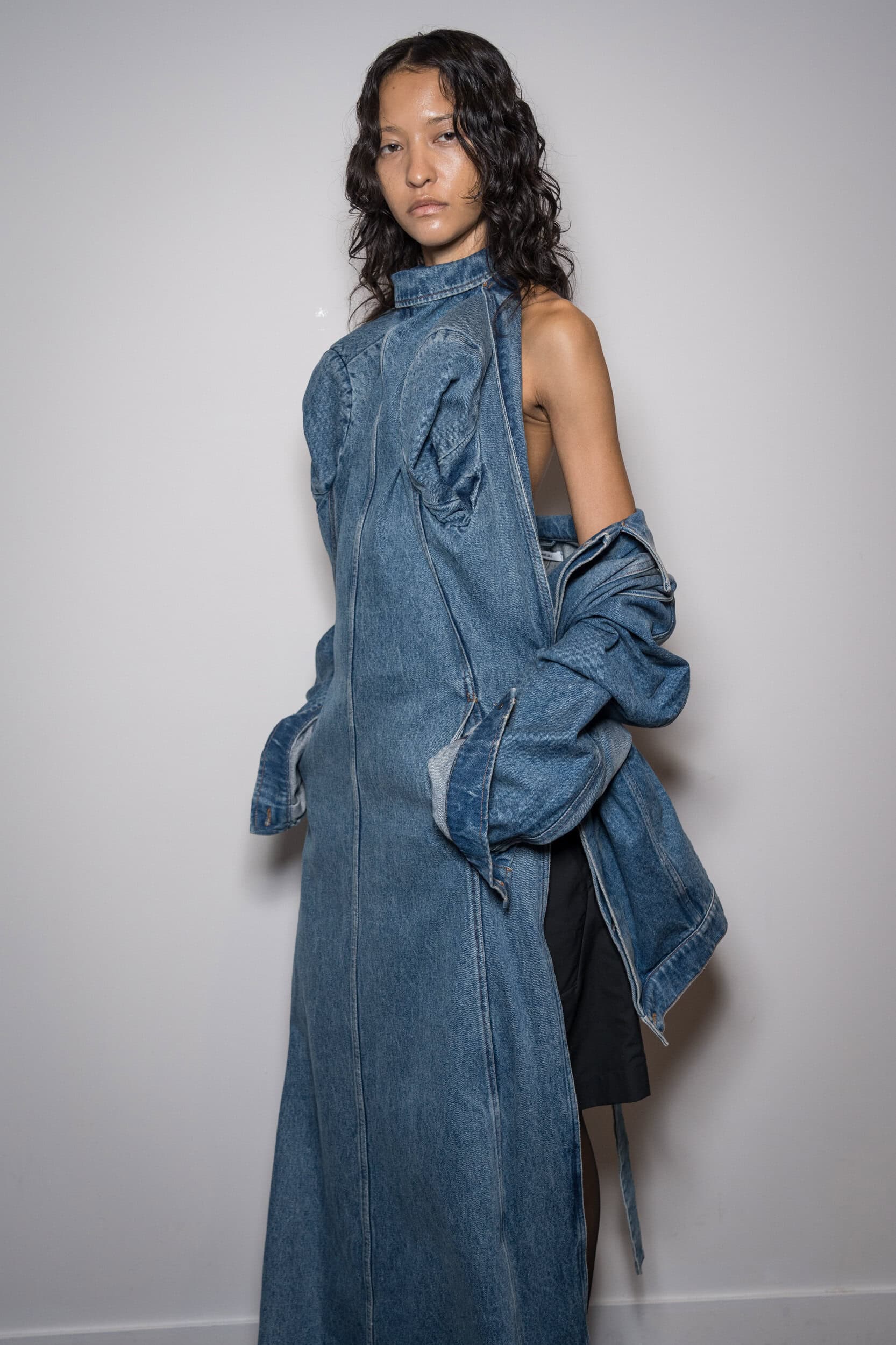
Key Takeaways
- Creativity Makes Its Comeback: After several seasons of restraint and commerciality, Spring 2026 marked a reawakening. The industry finally moved past the numbing sameness of “quiet luxury” and returned to craftsmanship, experimentation, and emotional storytelling. Debut collections showed a renewed confidence in design, while balancing heritage with the desires of the modern consumer. Creativity once again became fashion’s main character and proves that risk, over repetition will drive relevance.
- A Shift Toward Emotional Authenticity: Designers tapped into the collective fatigue of the moment — from luxury price inflation to consumer disillusionment — and responded with collections grounded in reality and emotional authenticity. There was a conscious effort to design clothes that were wearable and embedded with human connection via hyper-tactile surfaces, and the result was a more focussed vision of luxury.
- Women Are Redefining Their Power: While the lack of women in top creative roles remains a concern, Spring 2026 reiterated their undeniable impact. From Miuccia Prada’s reinterpretation of the apron at Miu Miu to Dilara Findikoglu, Torishéju, and Rachel Scott’s deeply personal explorations of womanhood and identity, female designers delivered some of the season’s most meaningful collections, designed by women, for women.
